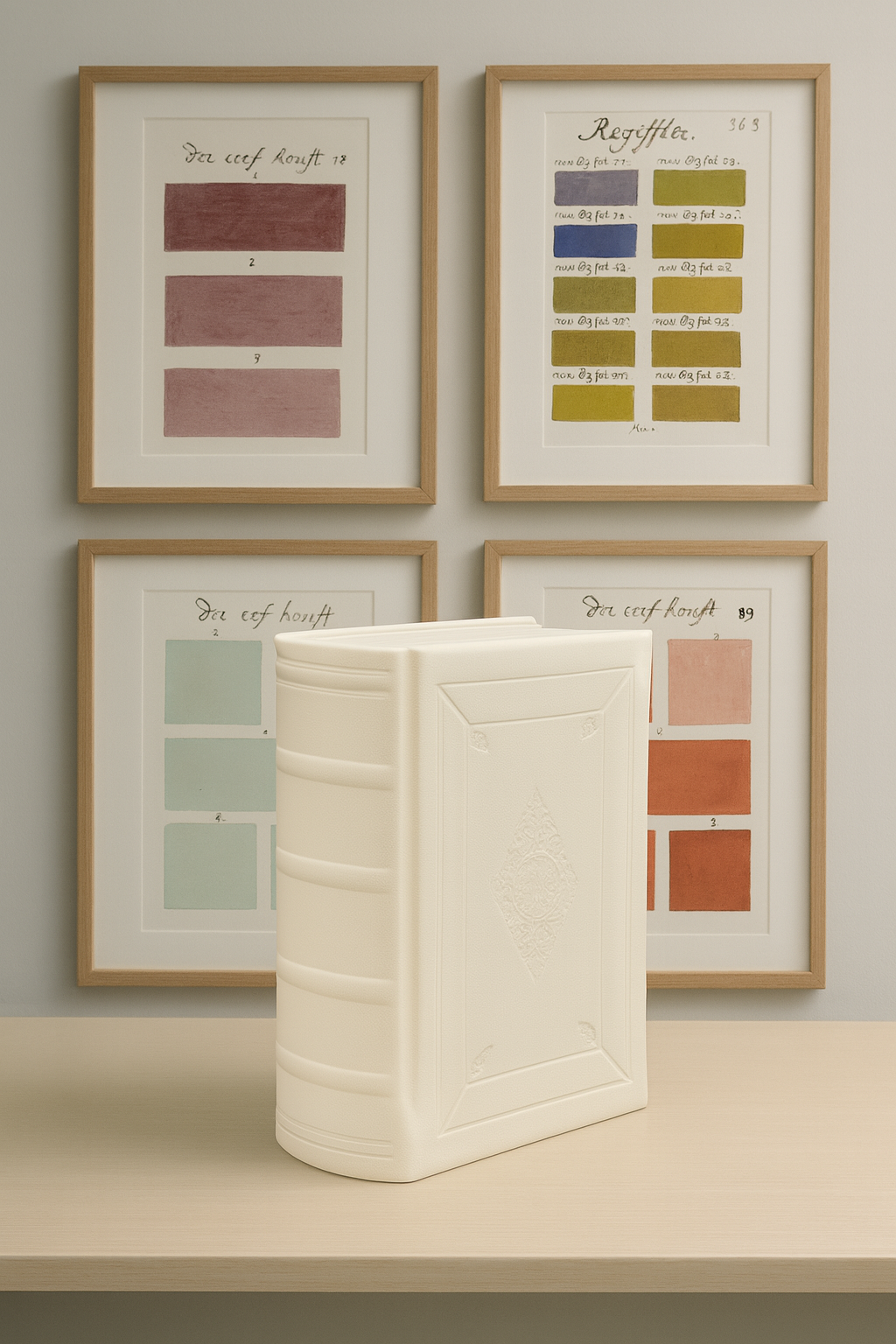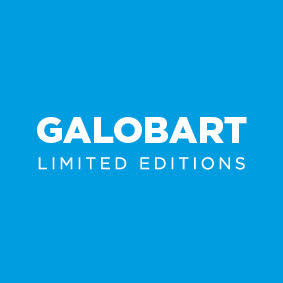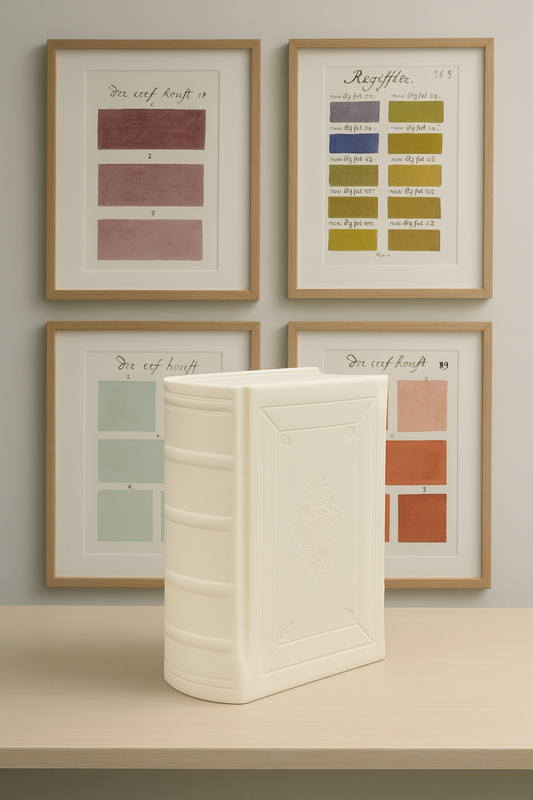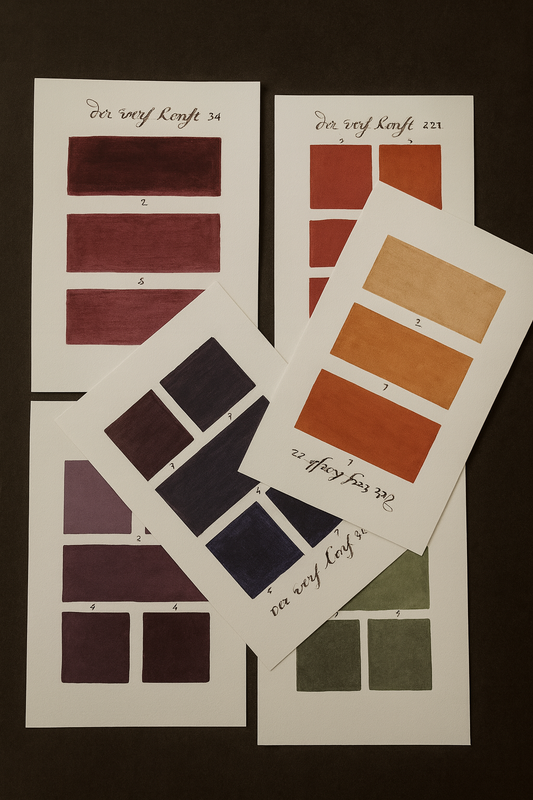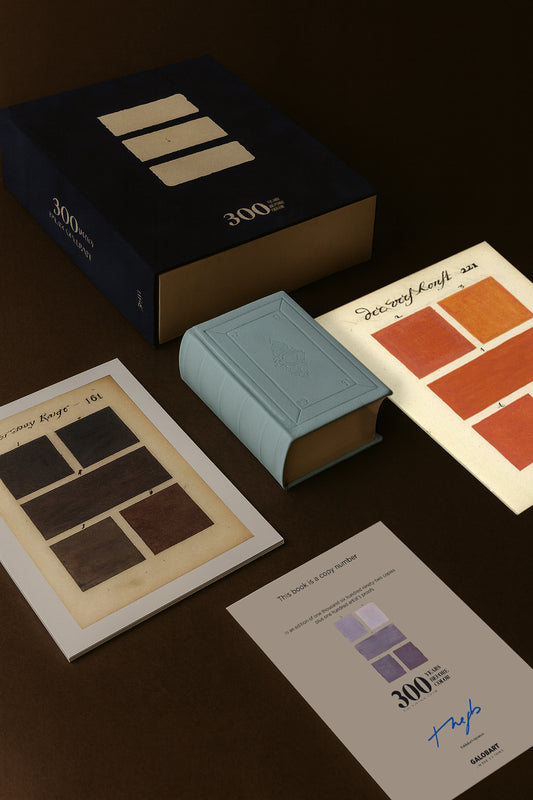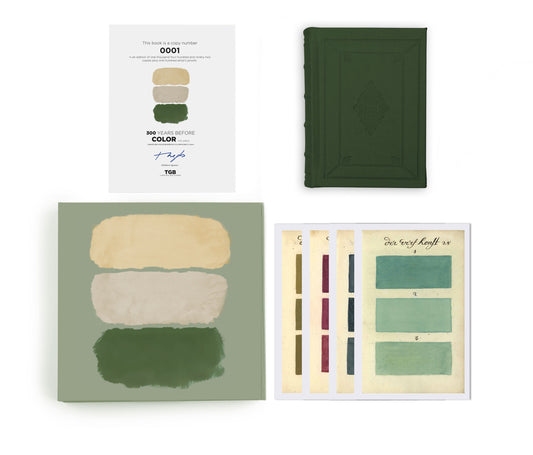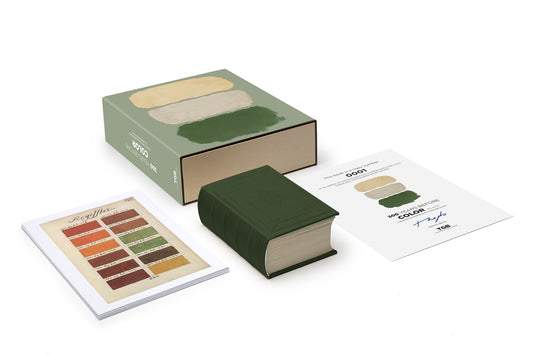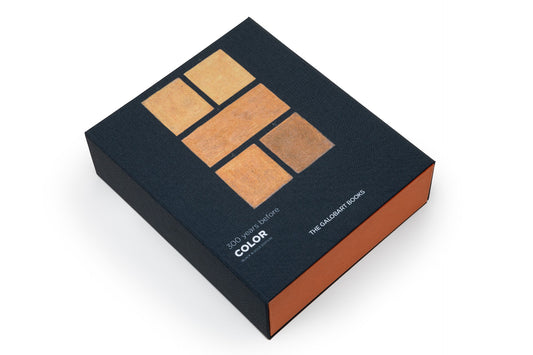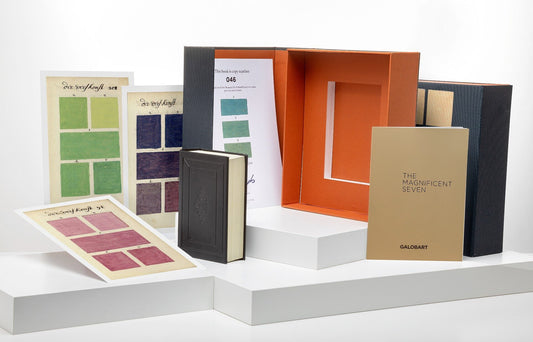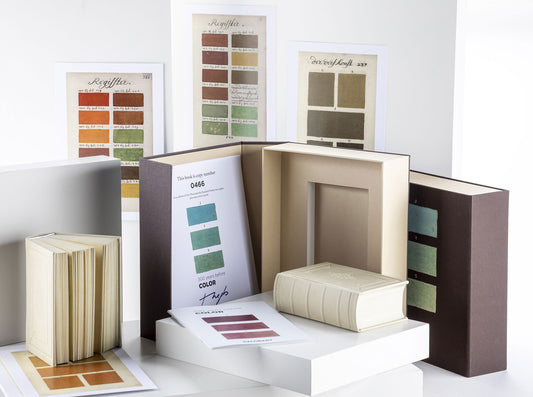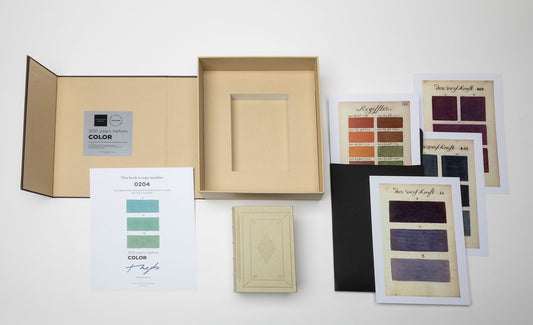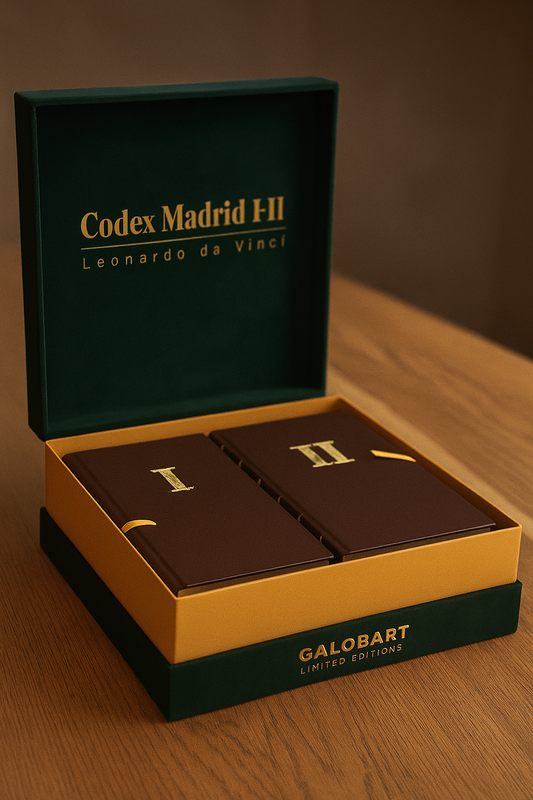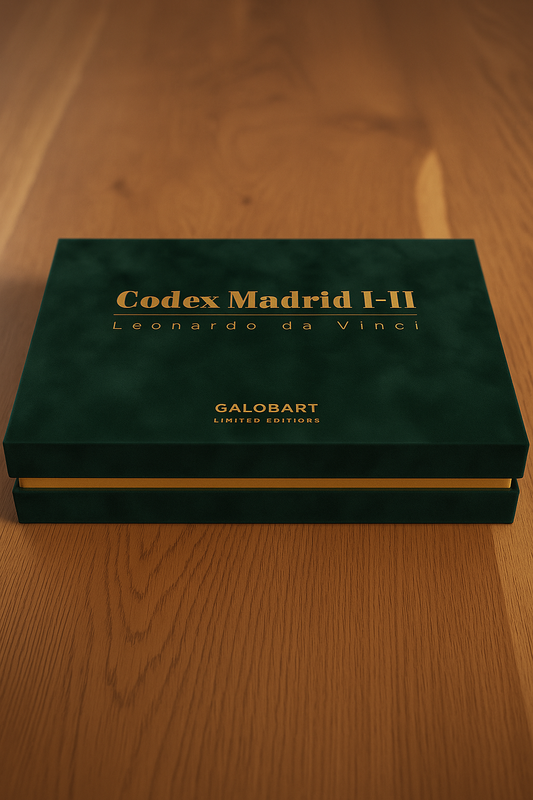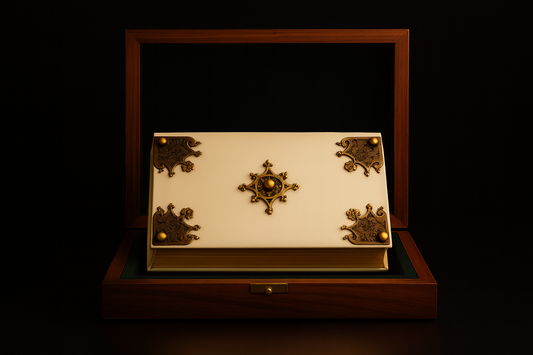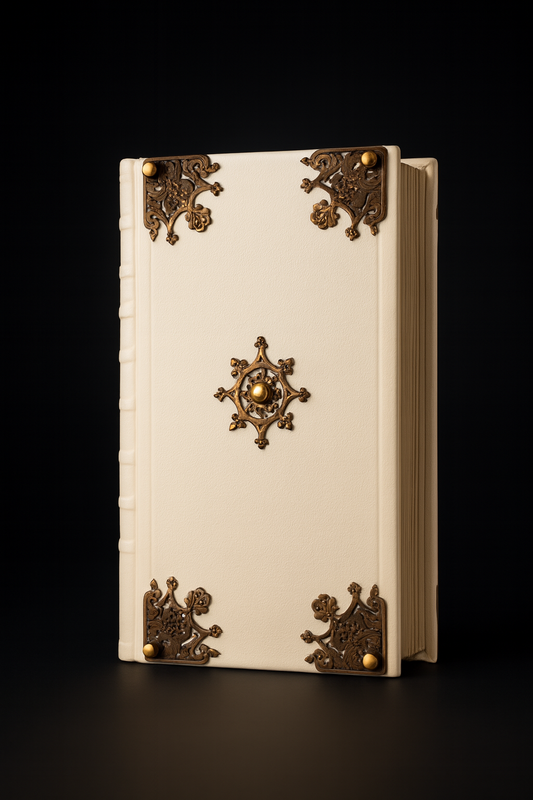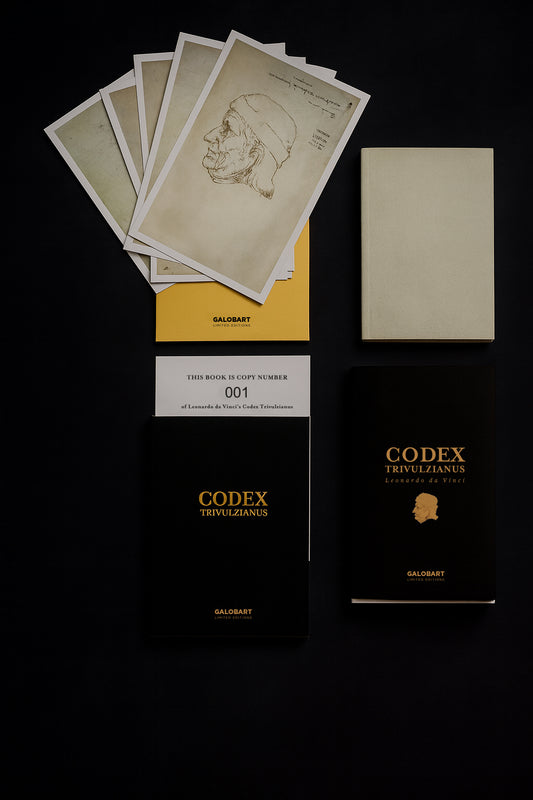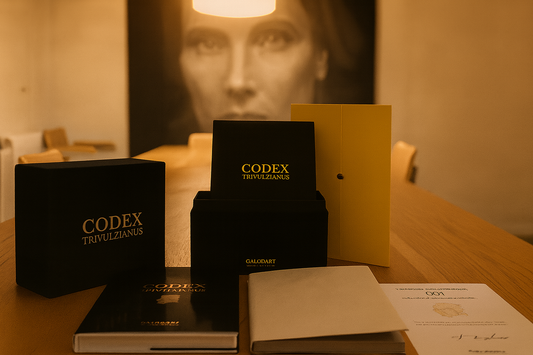Hopper's Eleven - Collector's Edition
The American Artist
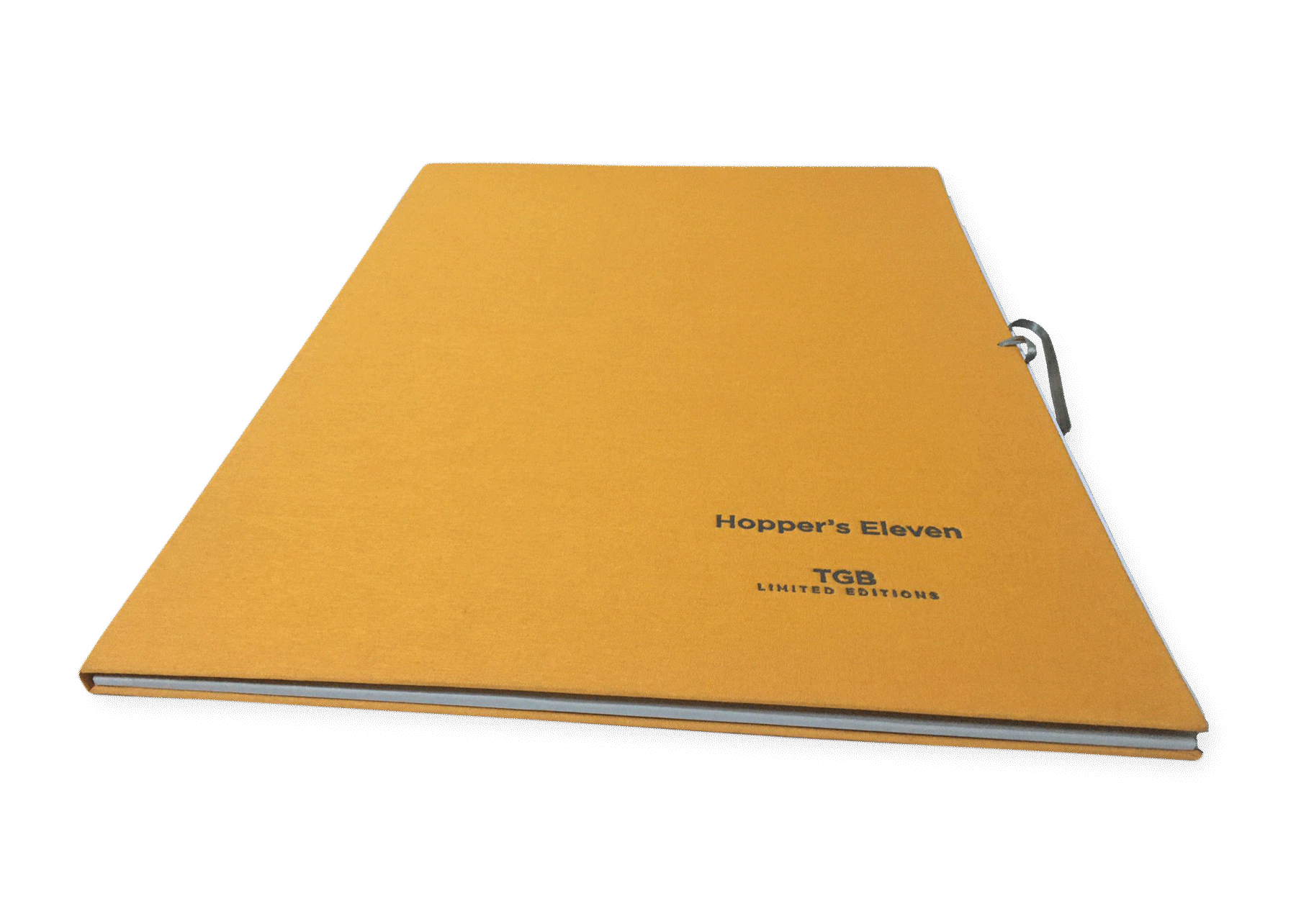
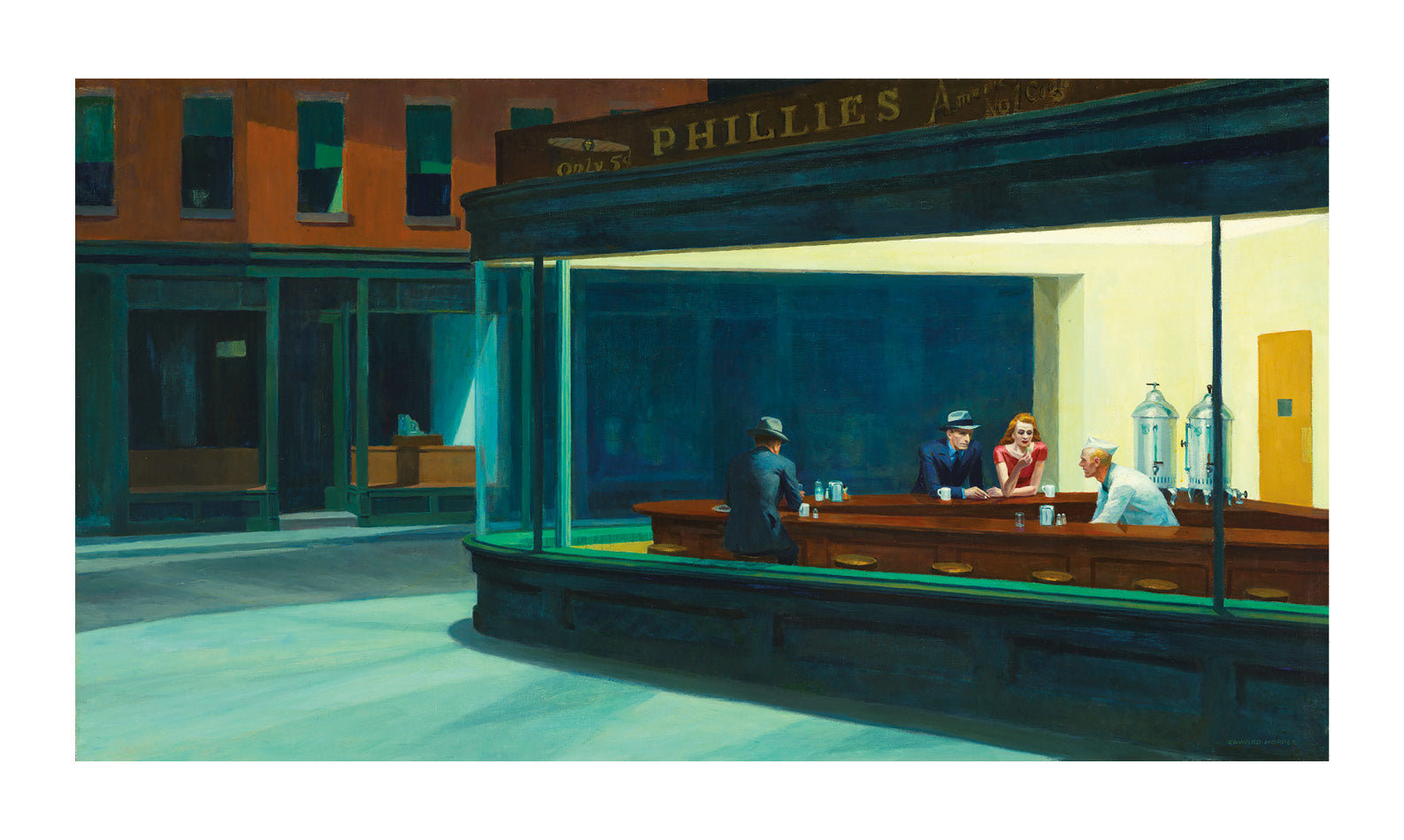
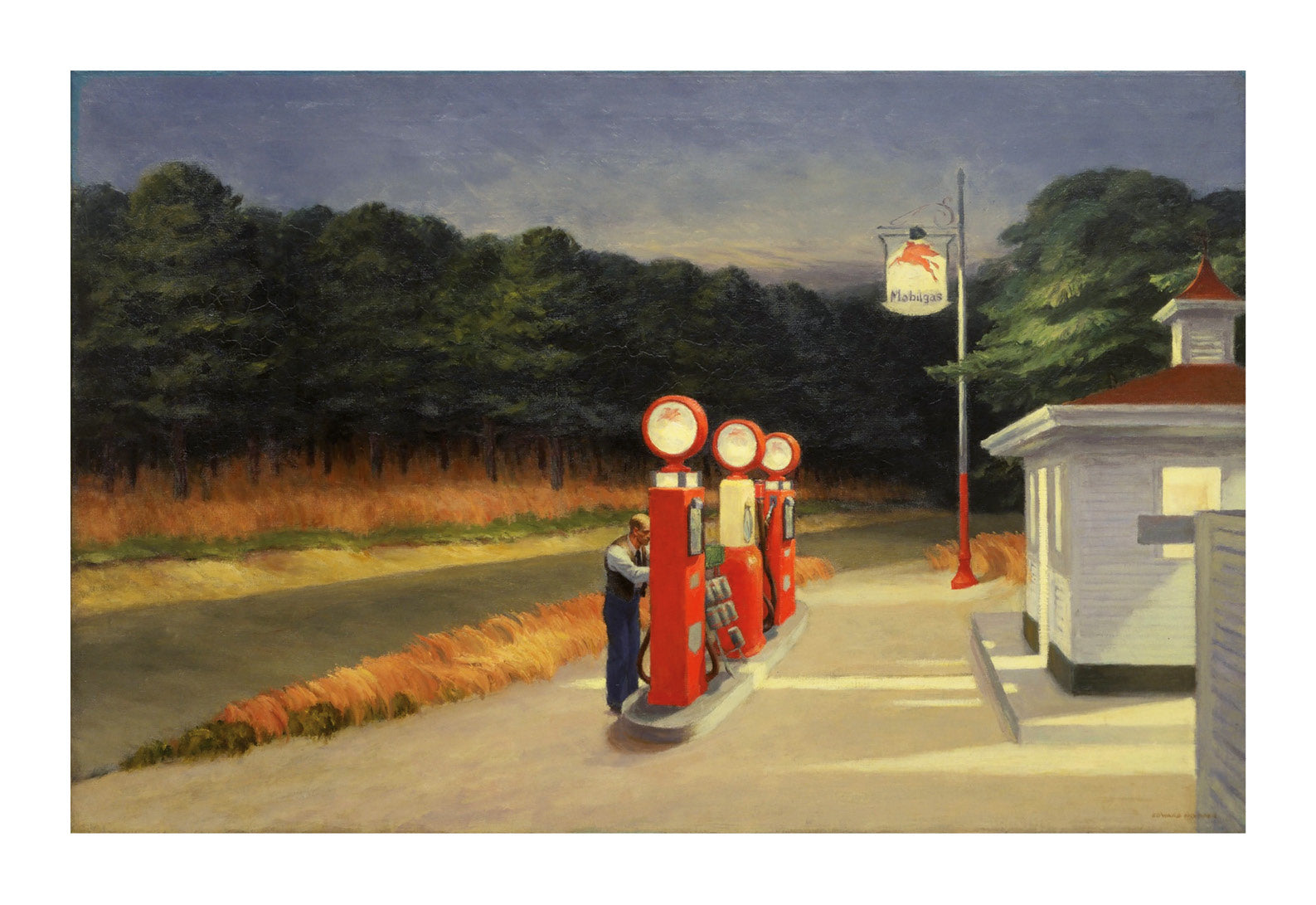
Hopper's eleven
Hopper's eleven
The answer to everything is on the canvas.
Secure and trusted checkout with
Couldn't load pickup availability
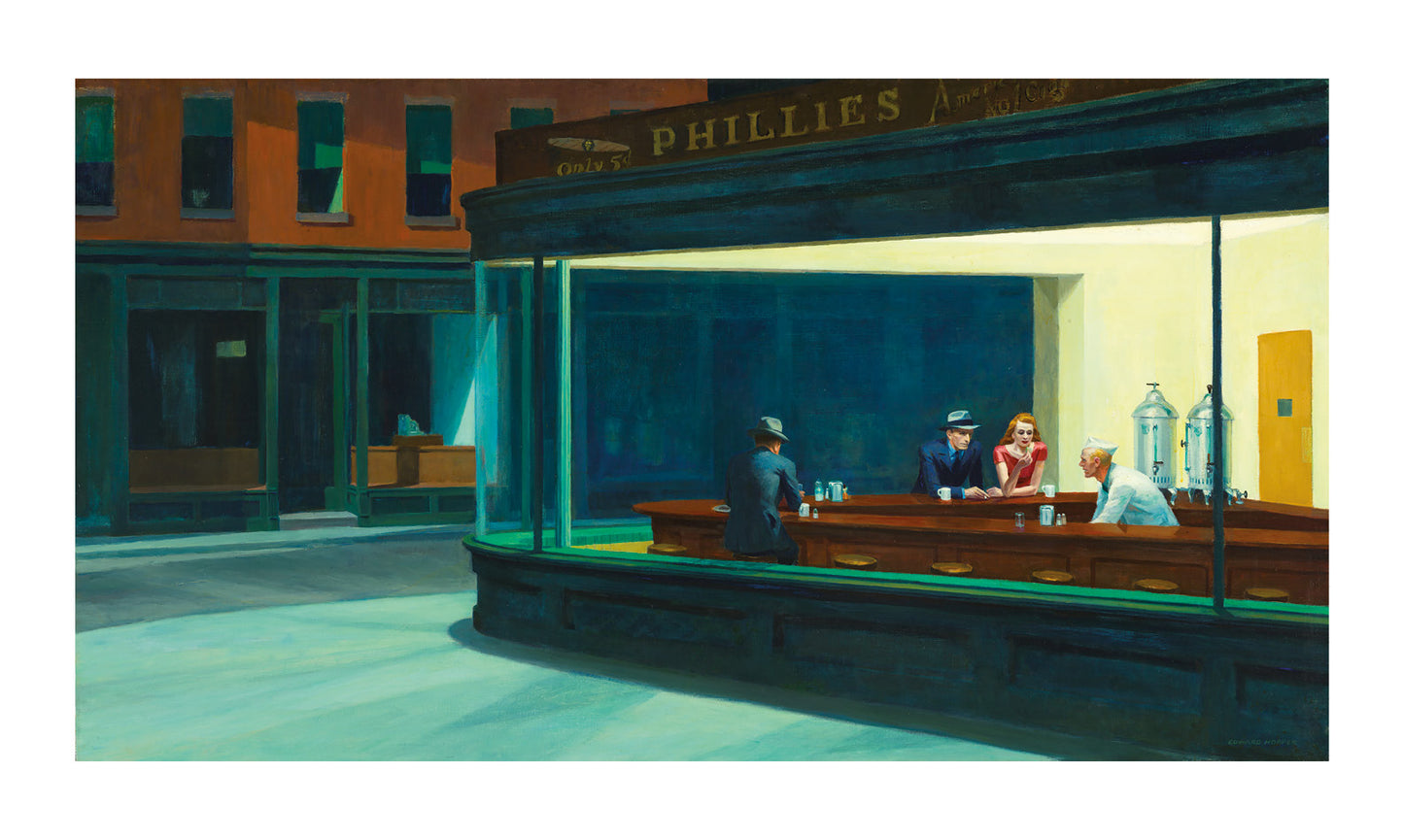
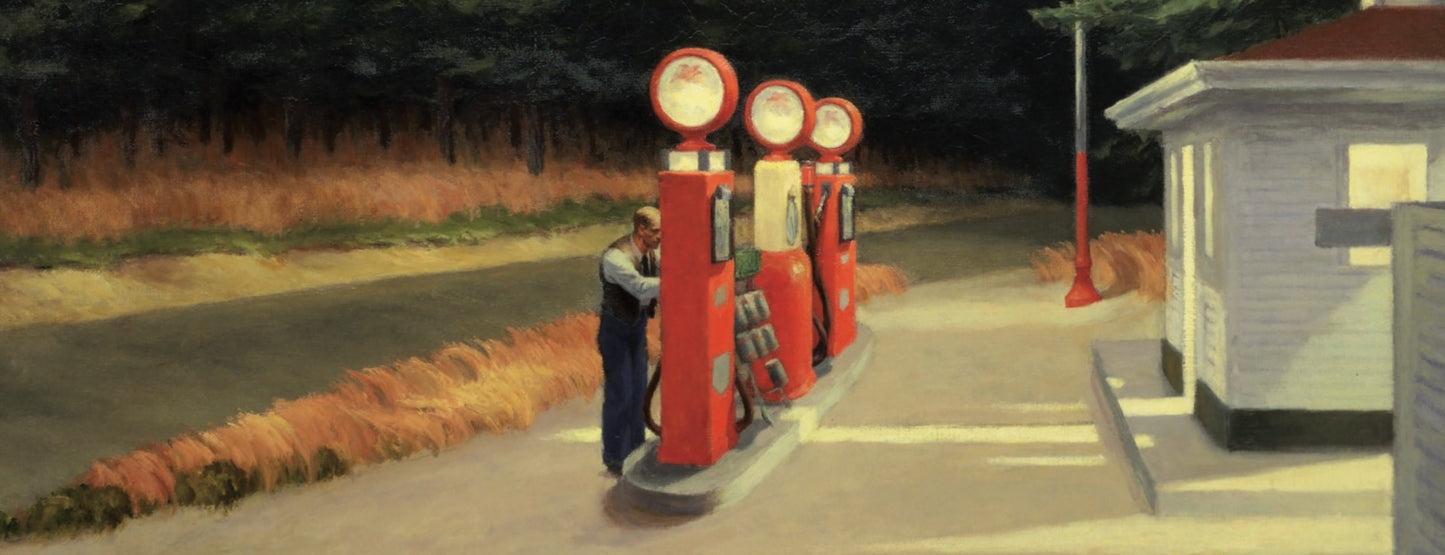
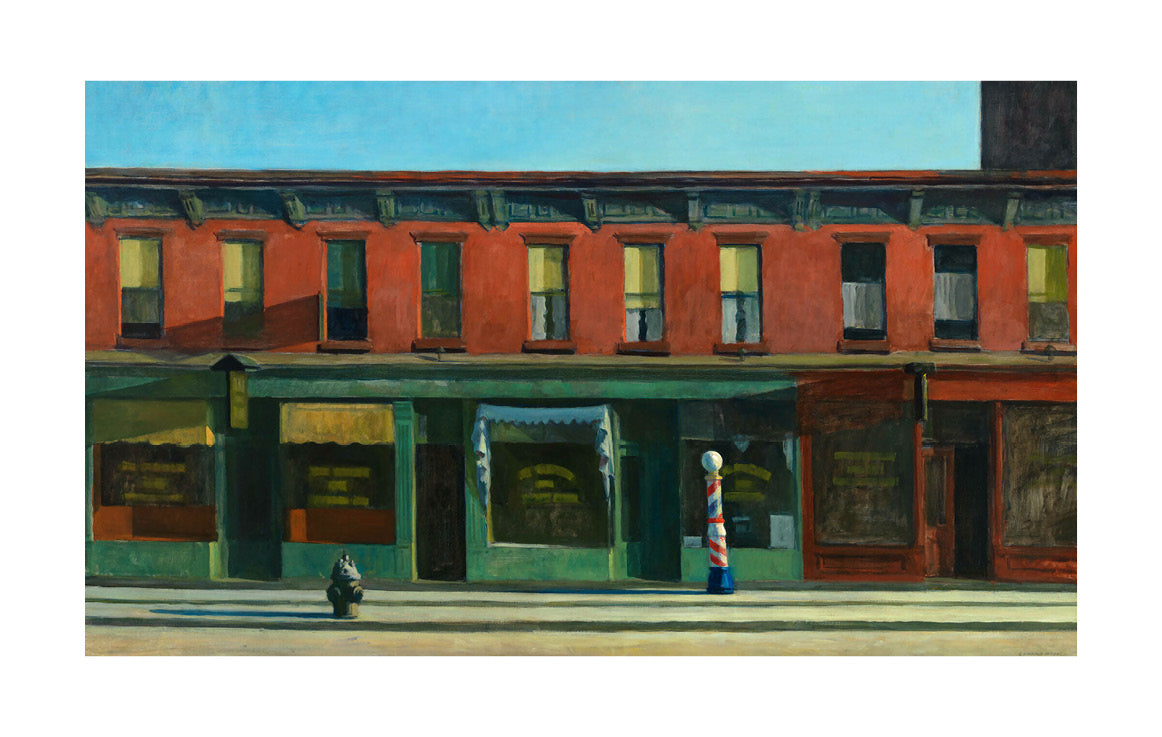
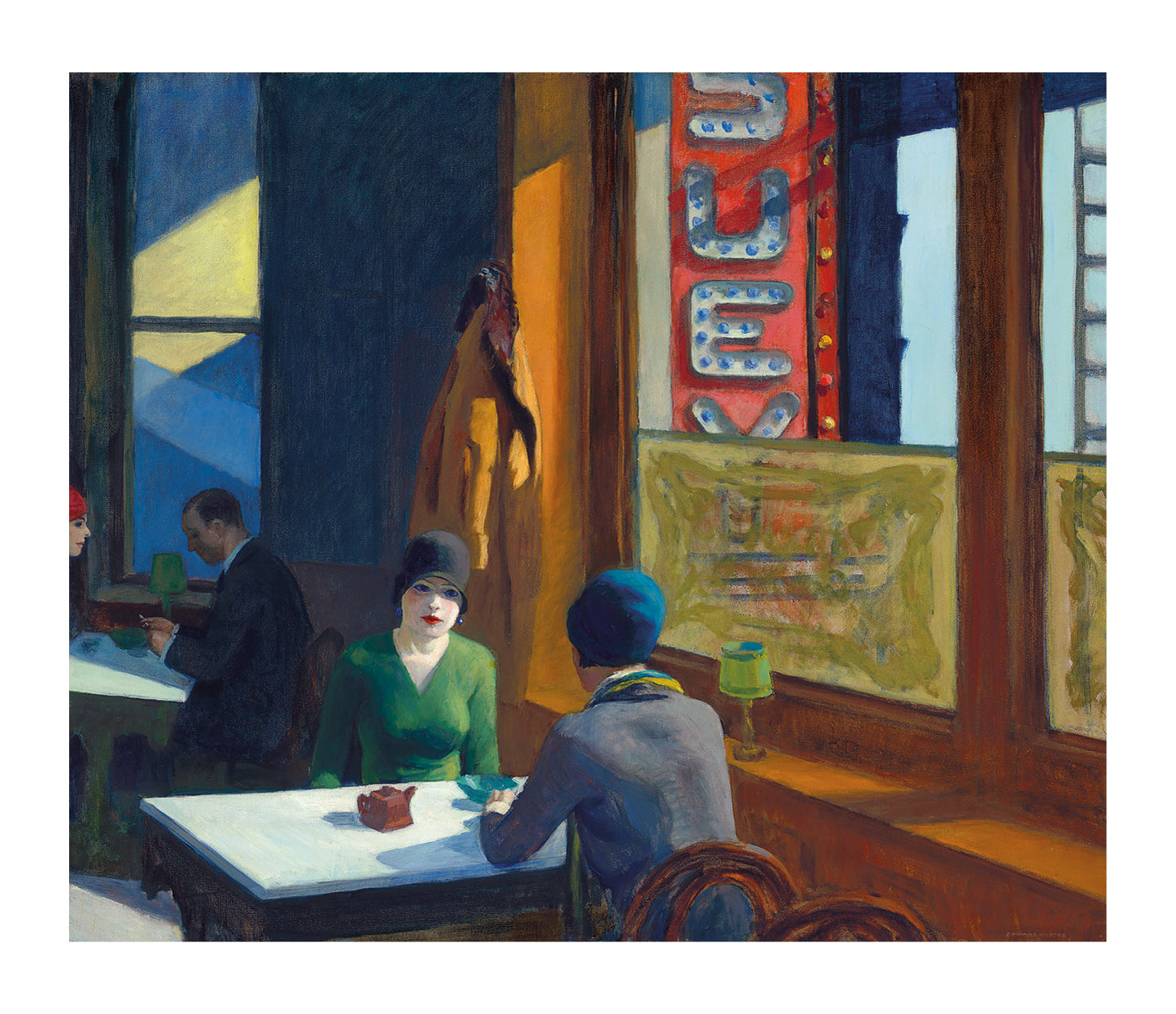
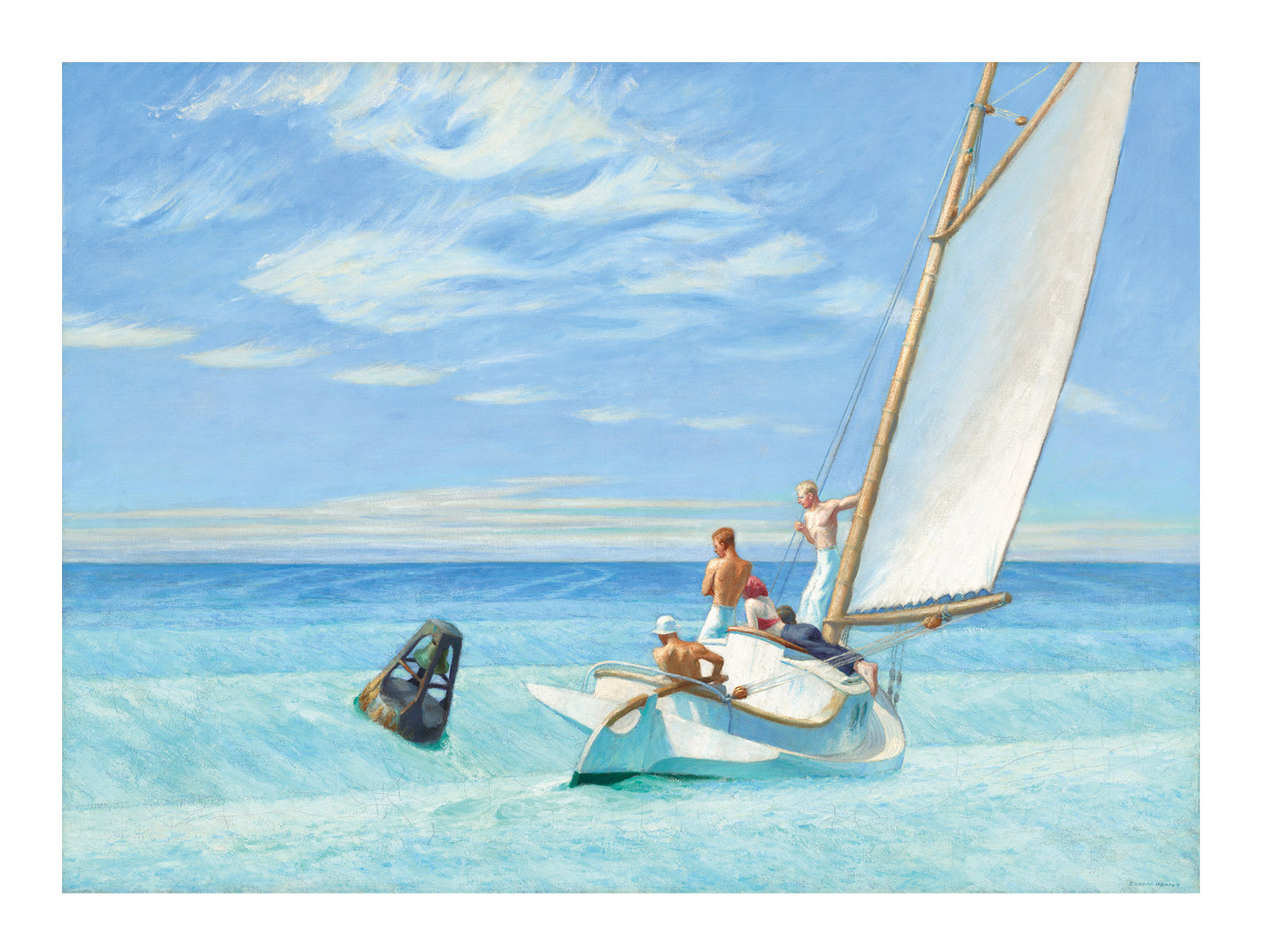
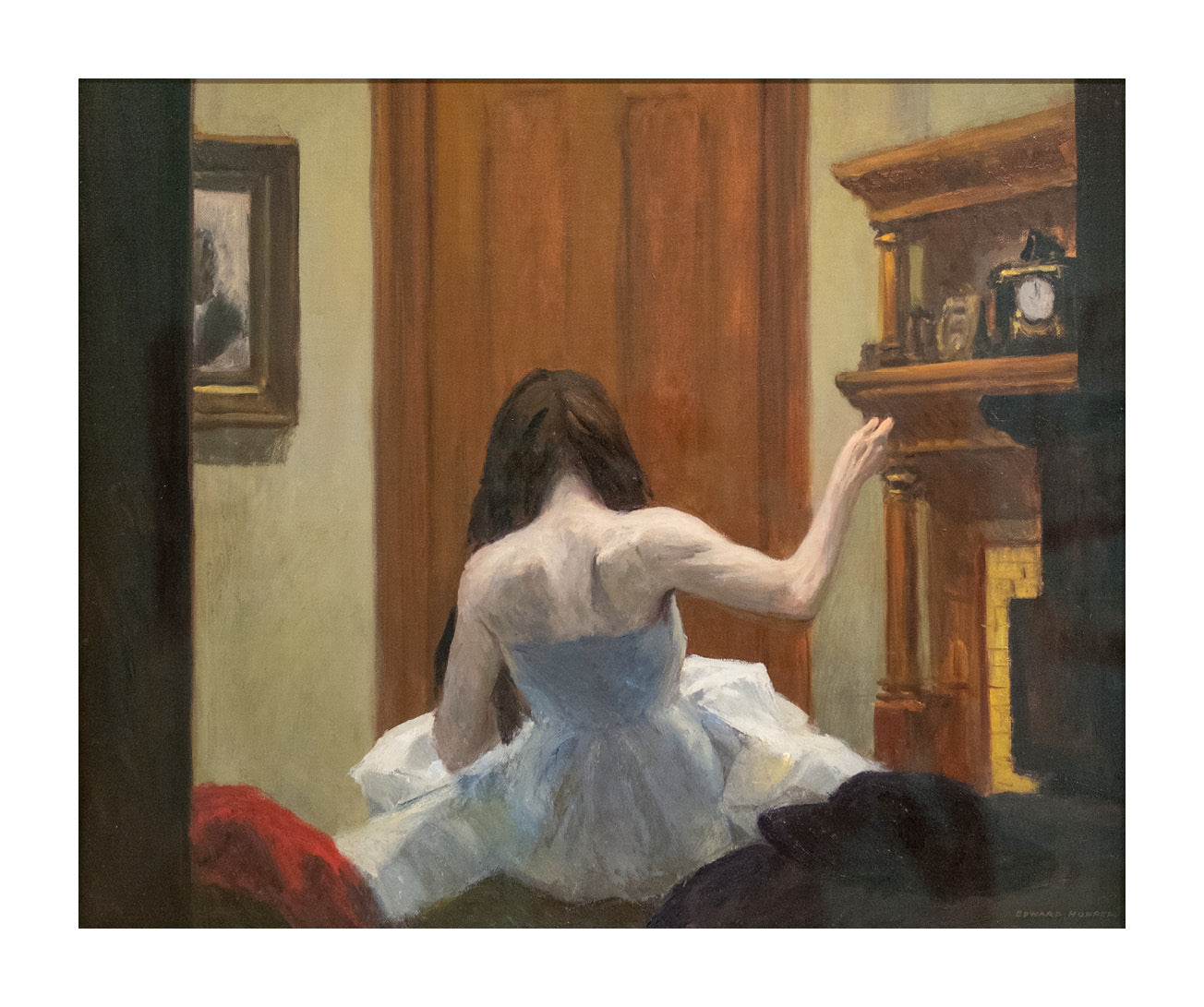
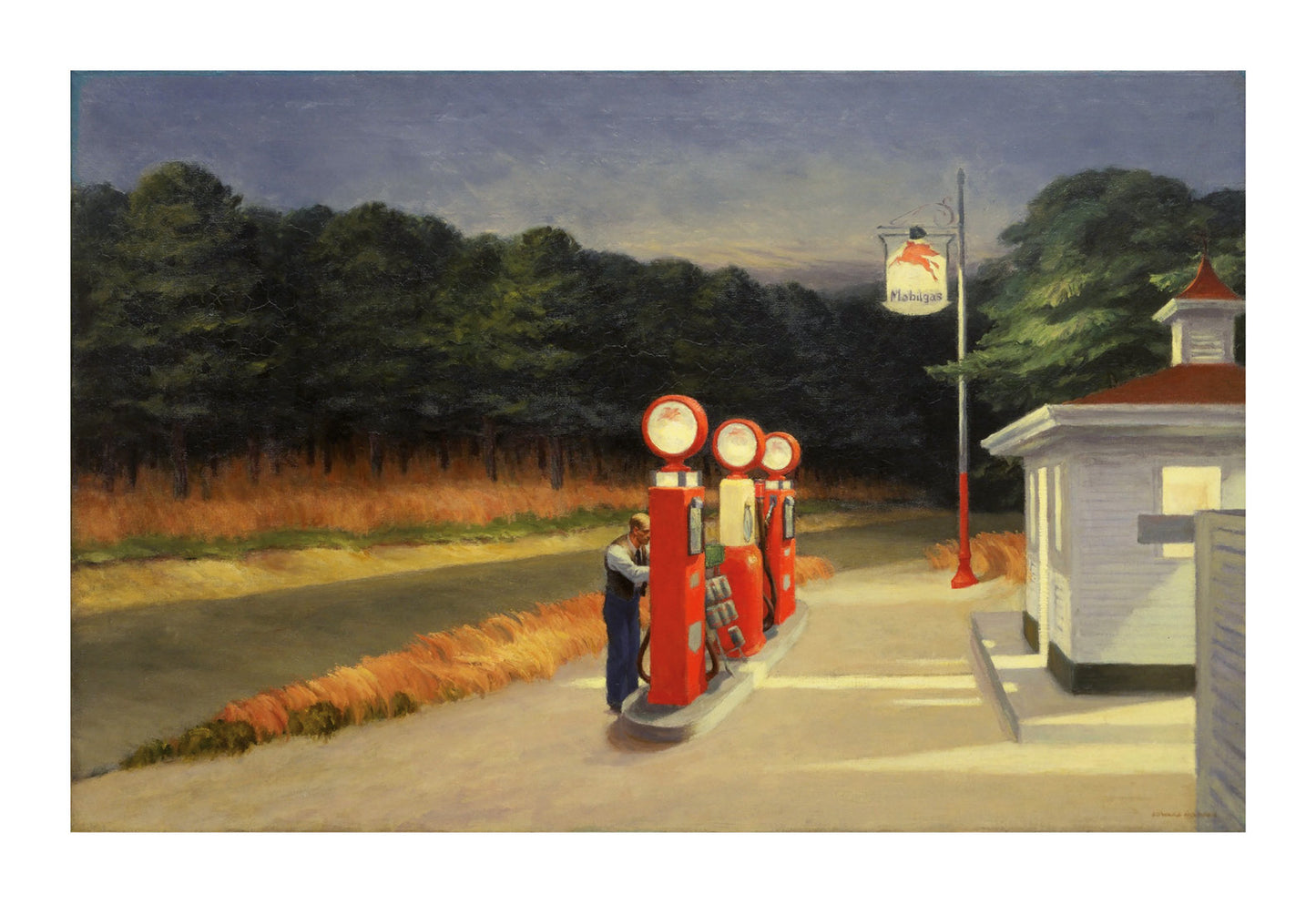
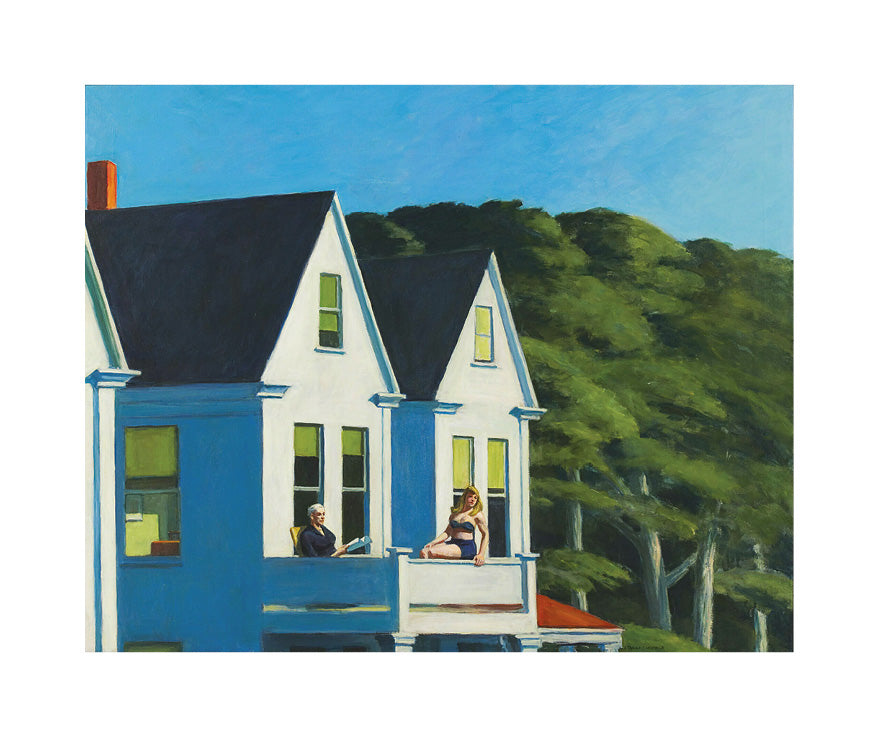
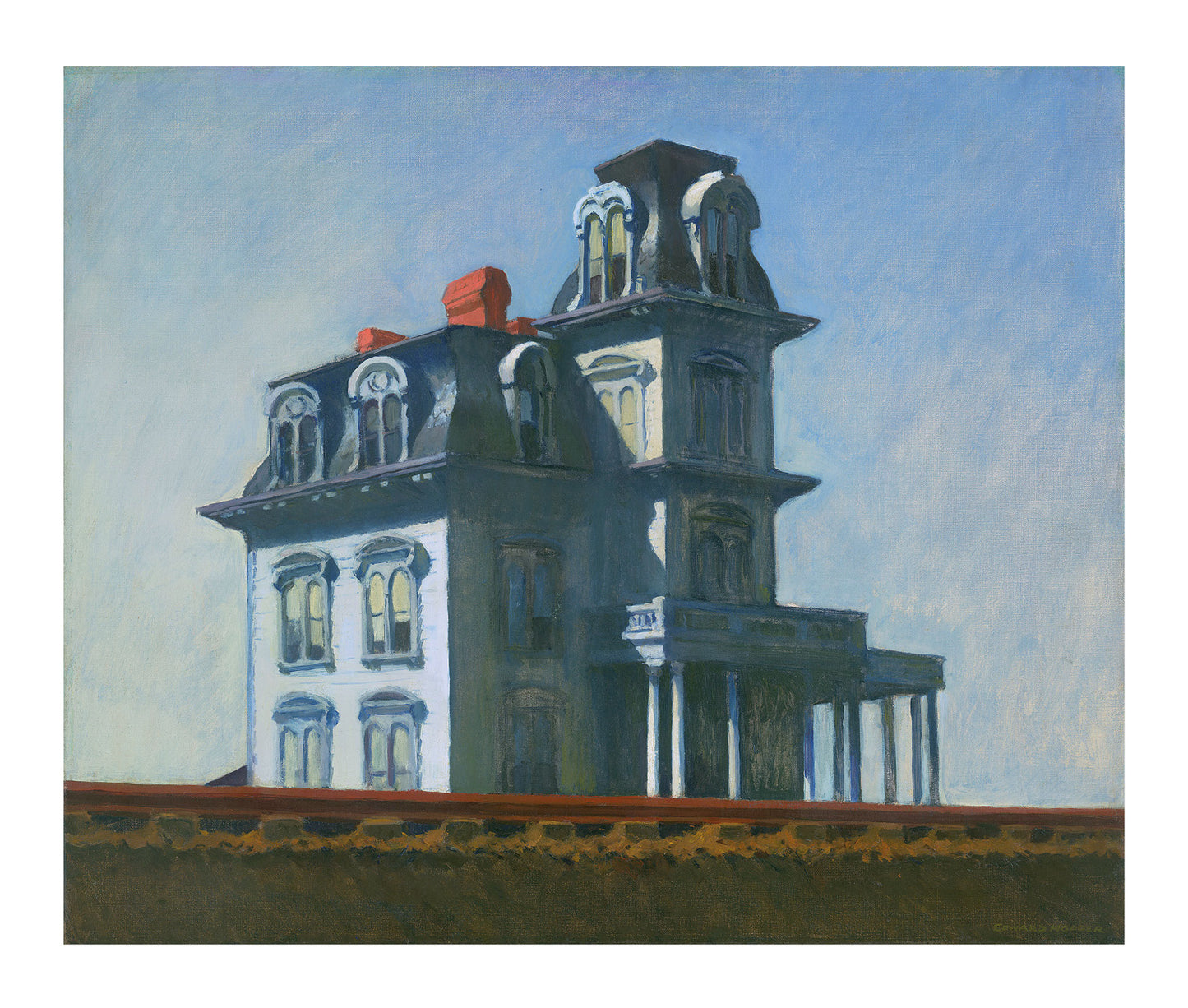
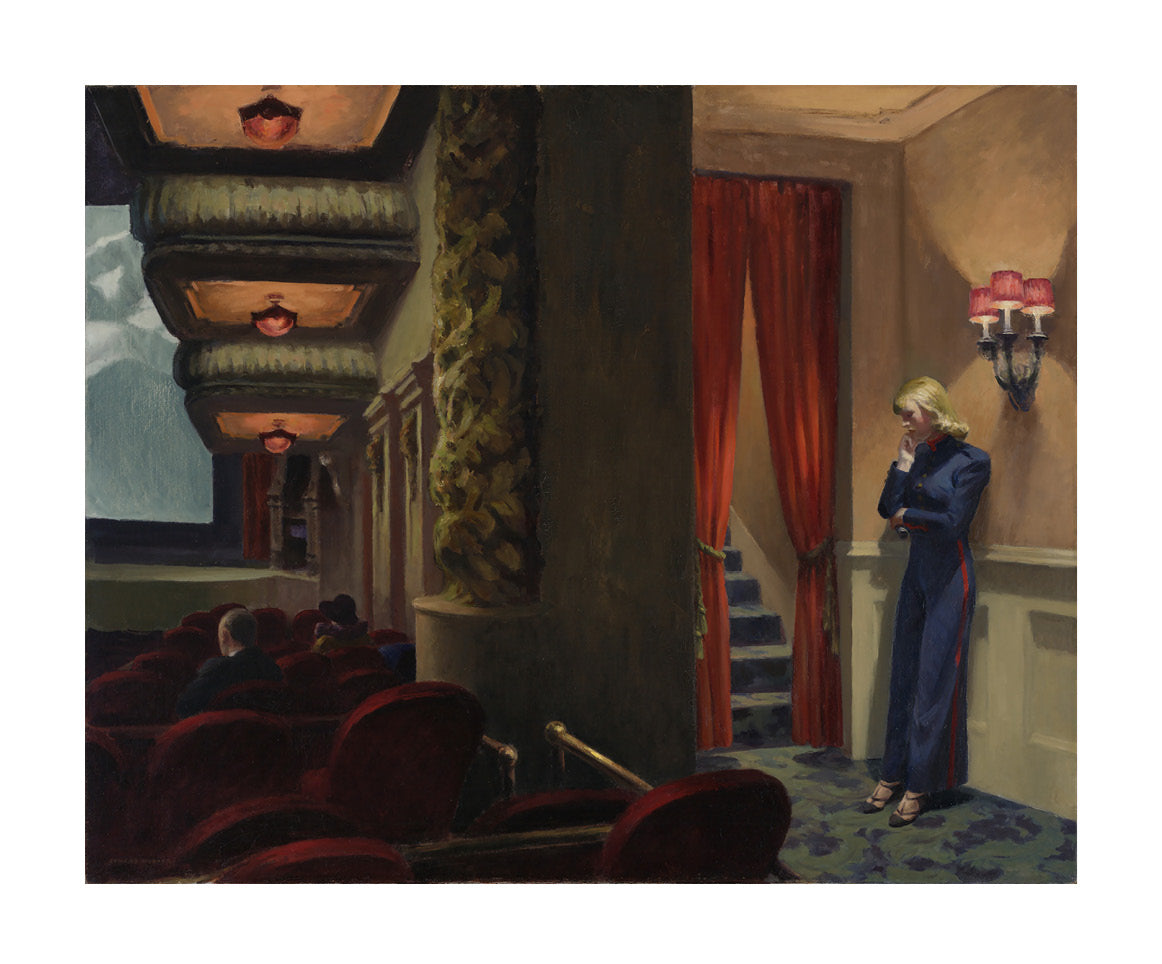
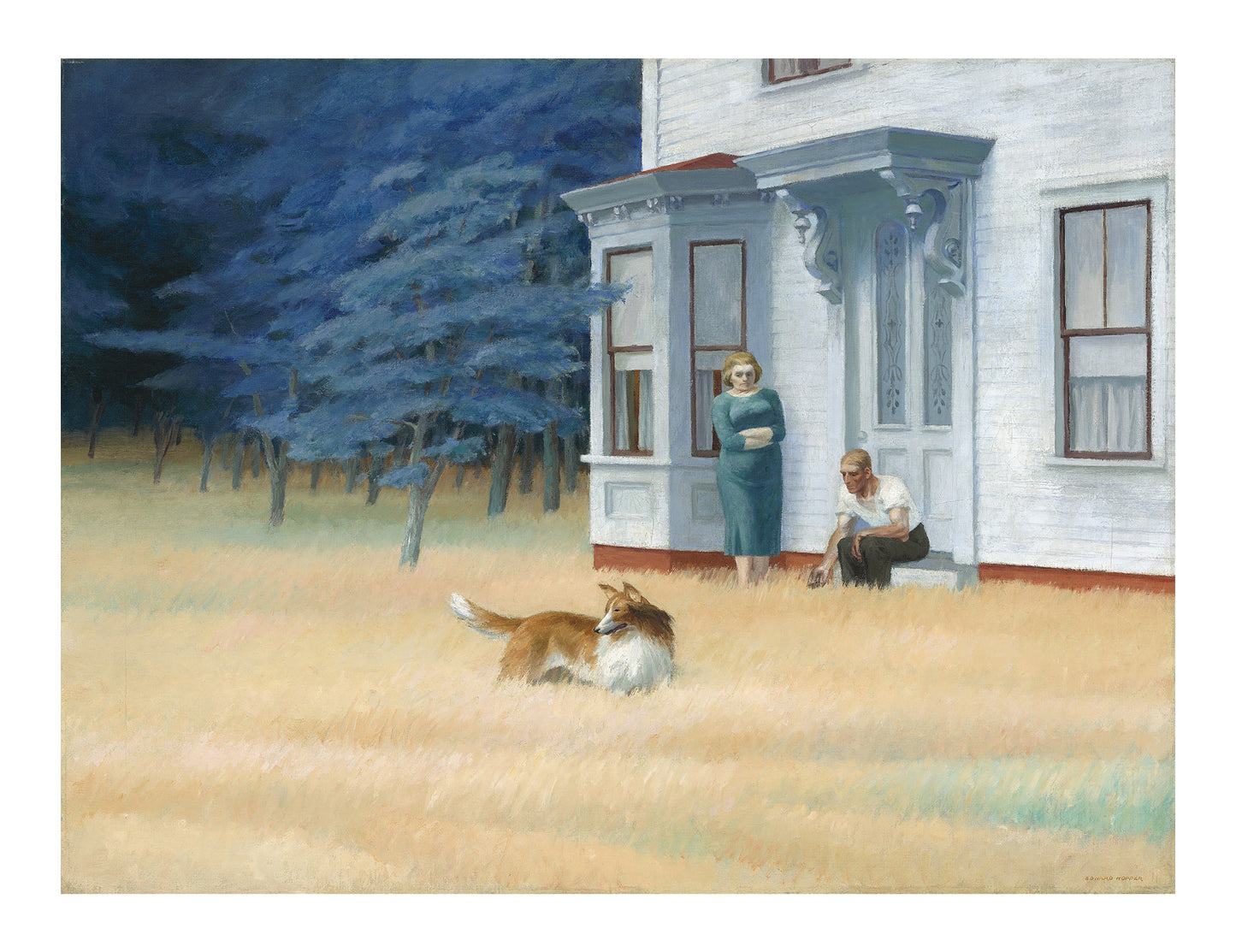
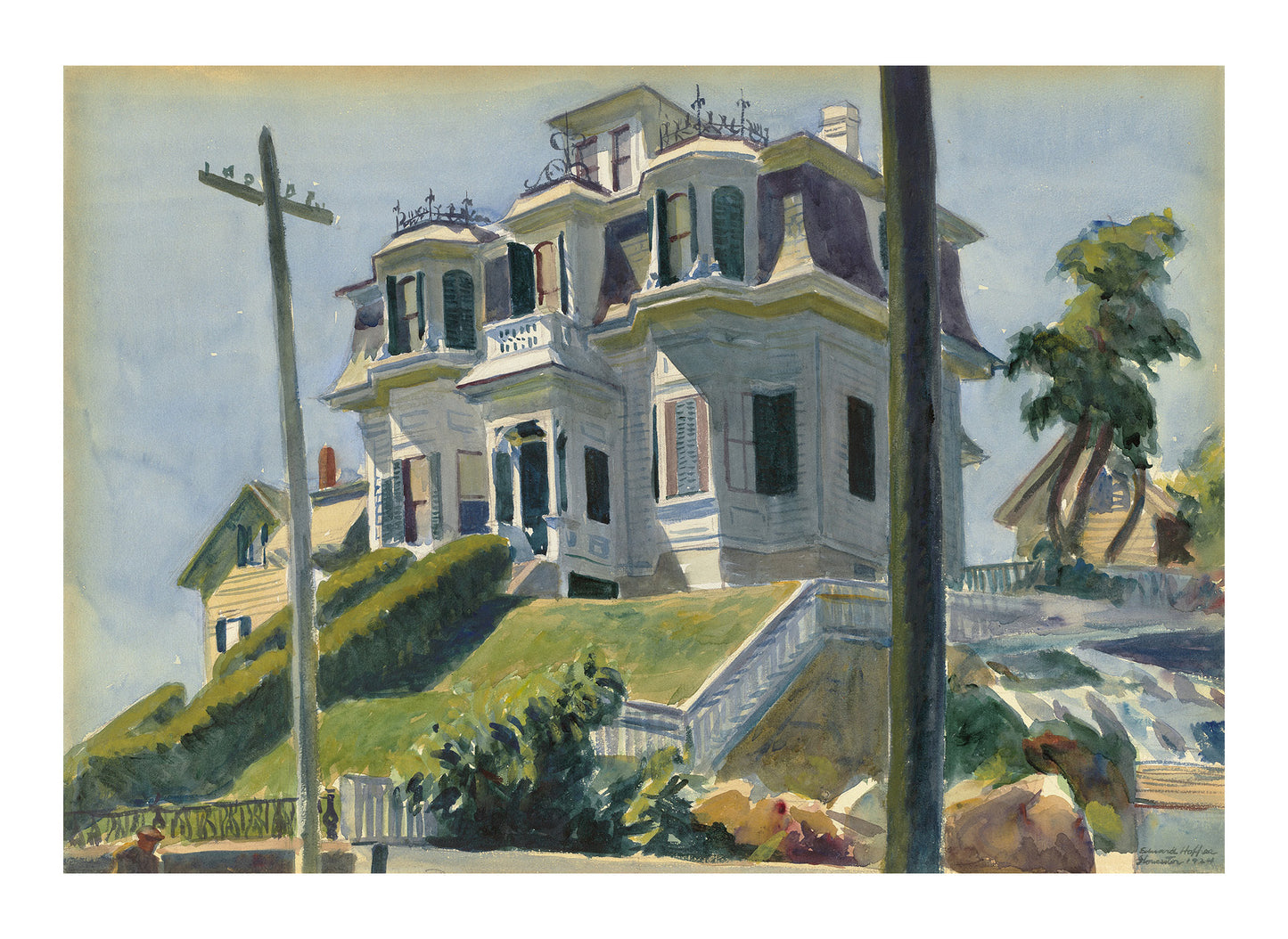
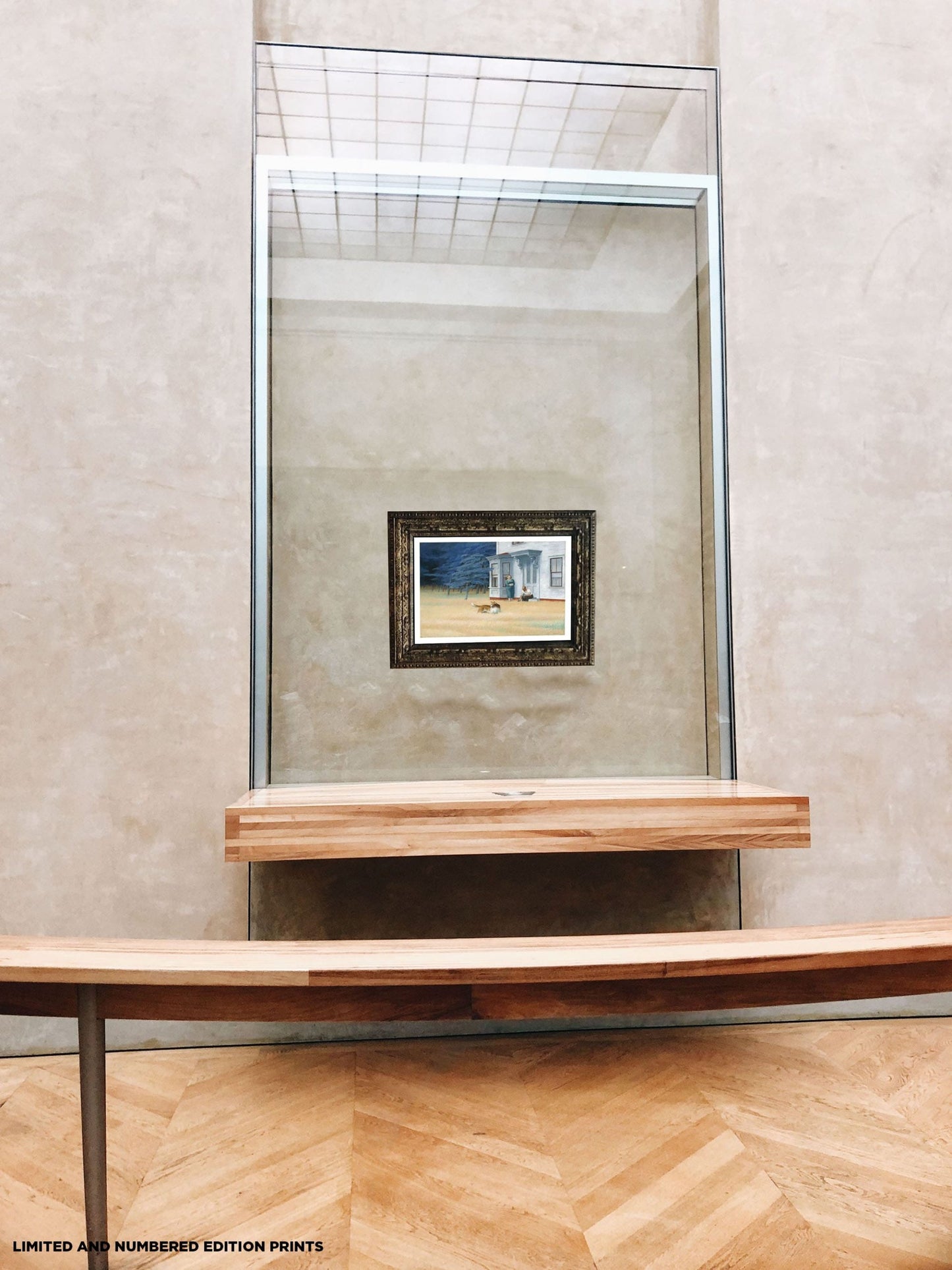
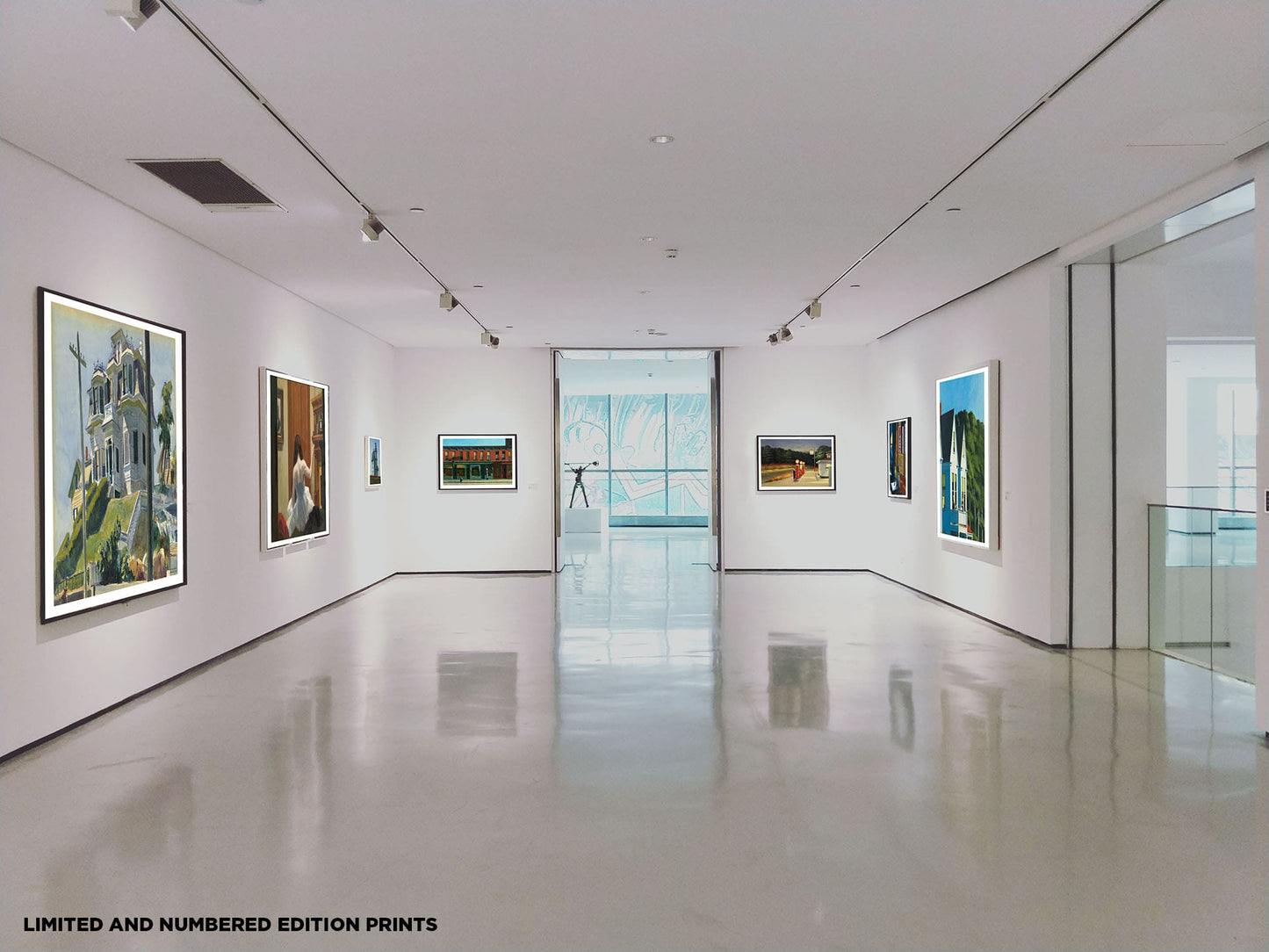
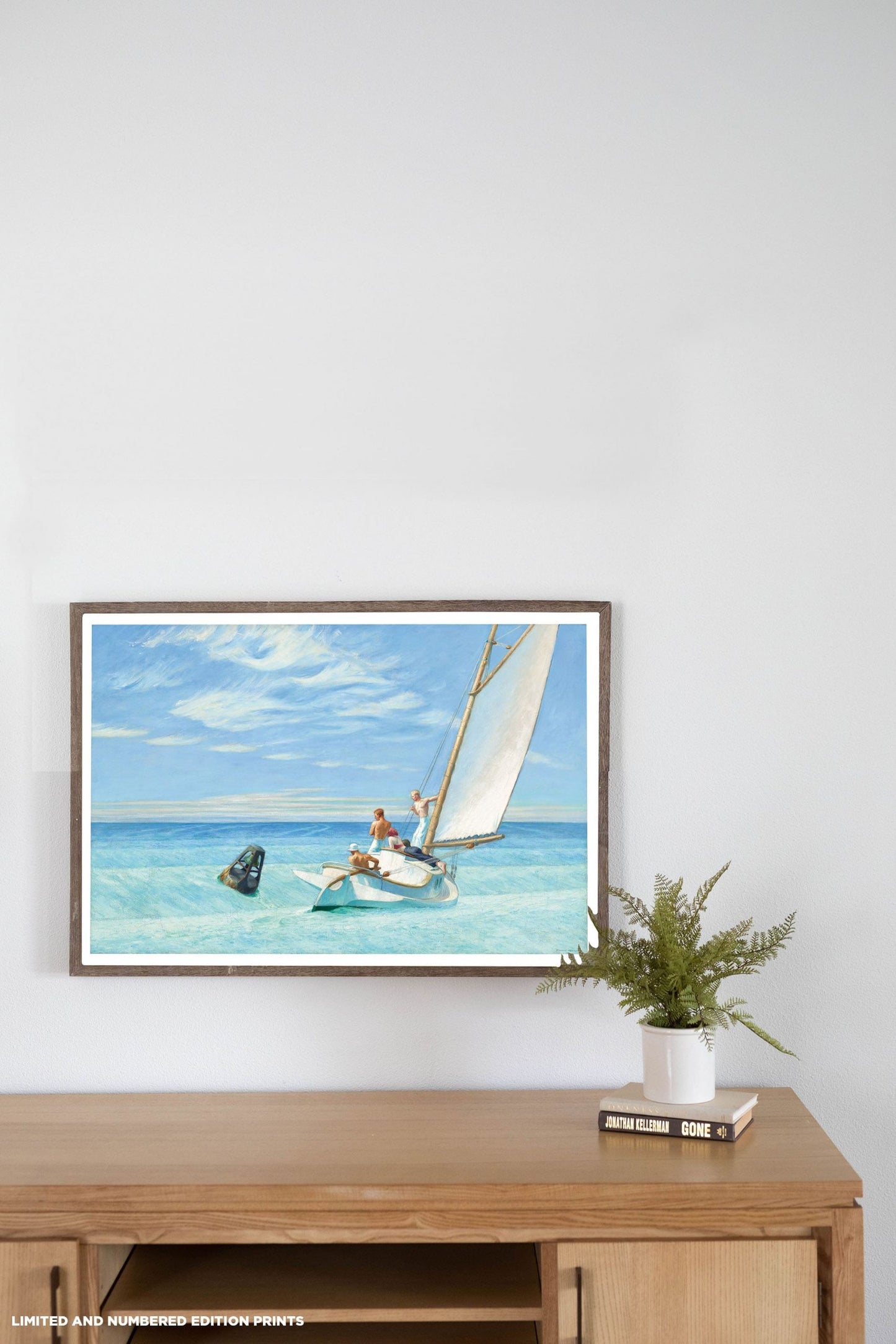

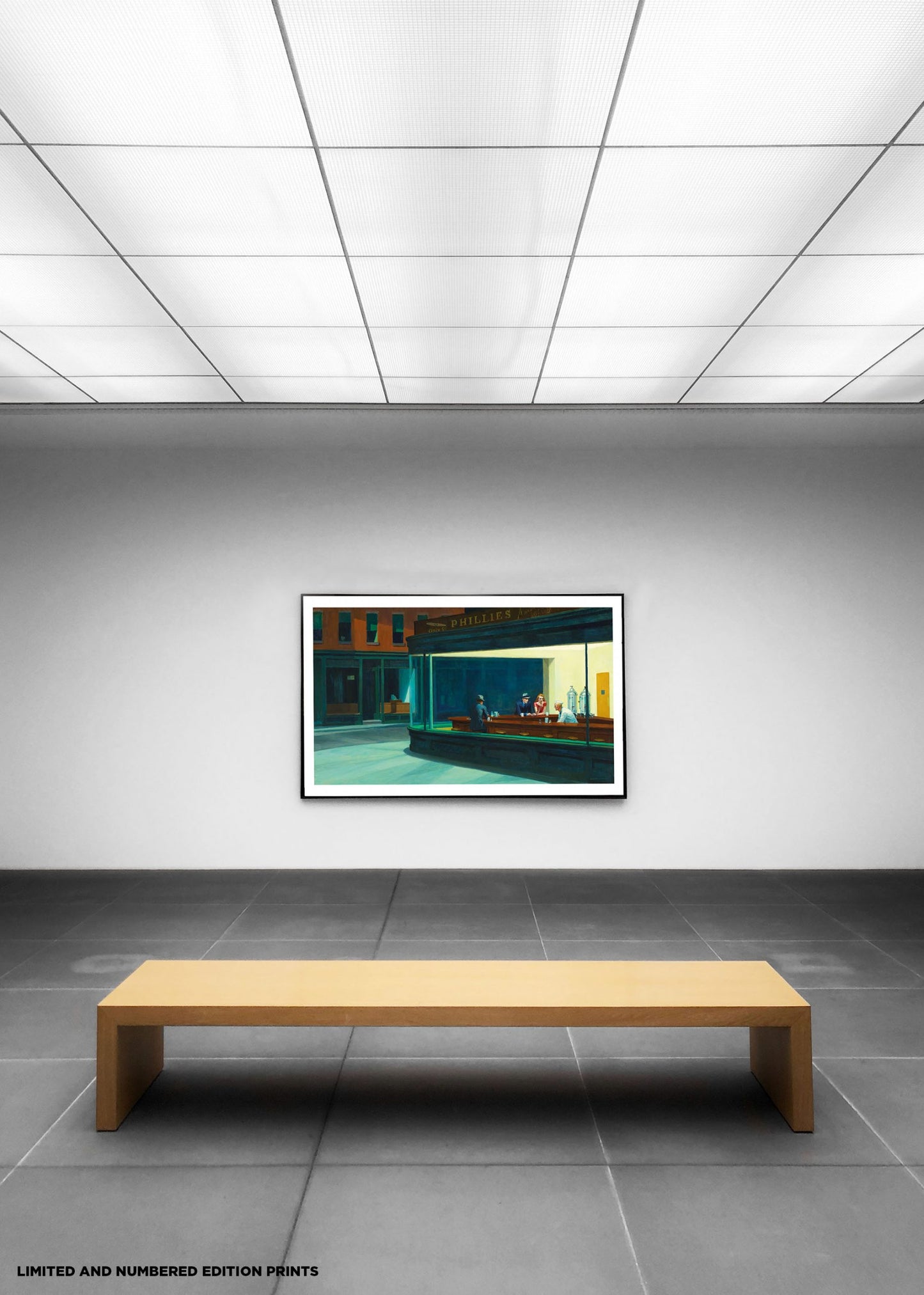

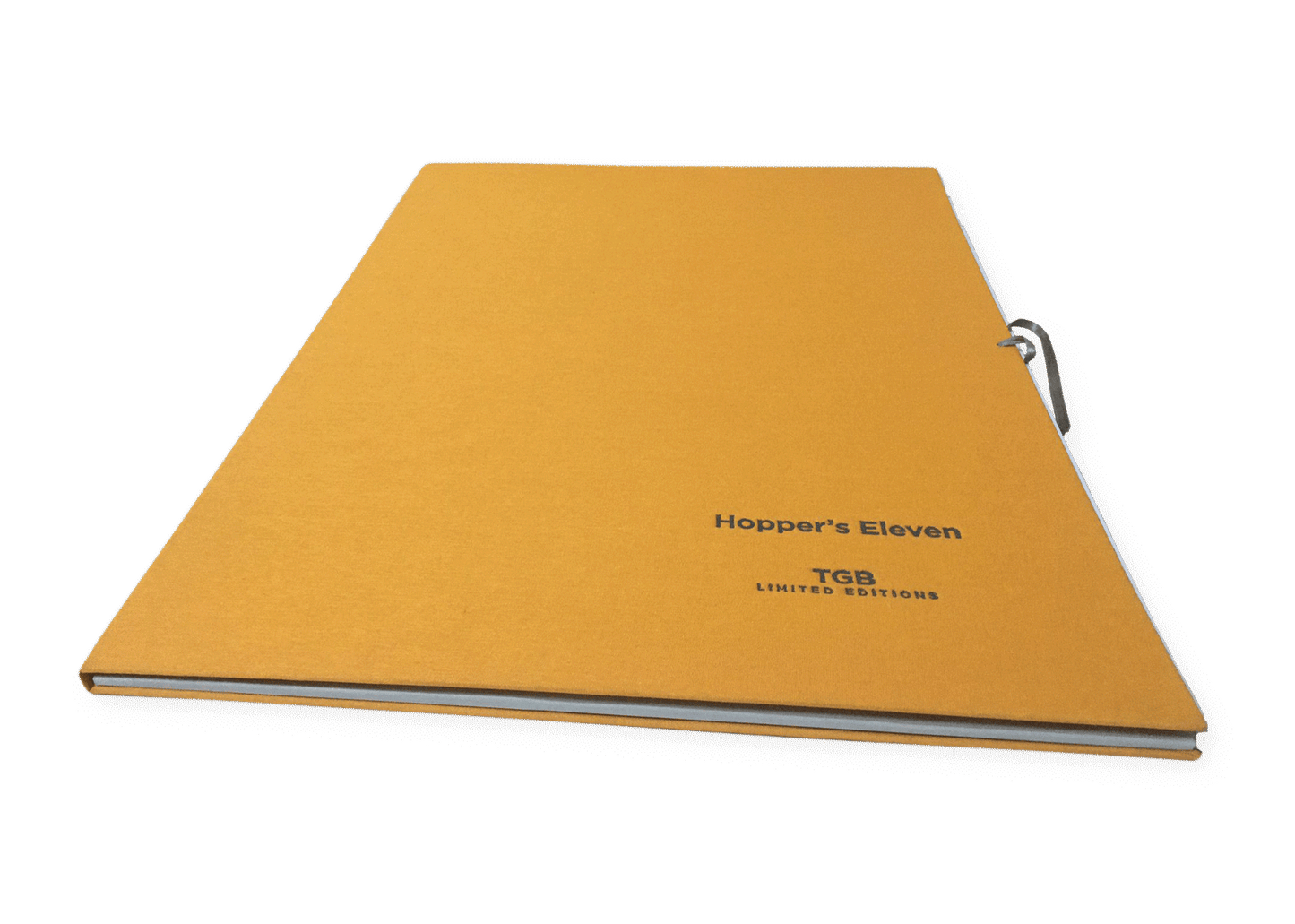
Collector’s edition limited and numbered to 999 copies worldwide.
Each edition contains :
+ 11 iconic Hopper paintings reproduced in art prints (printed on Favini plus 350 grams art paper).
+A yellow cloth case with silver stamping, made with 240-gram Wibalin, measuring 17 × 24 inches (43 × 60 cm).
+ One booklet.
+ A certificate of authenticity (COA)
Now $250*
Few Left.
*$250.
Shipping costs included. Receive it in a few days
-

Nighthawks 16,5 x 23 in (42 x 60 cm)
LIMITED ART PRINT 1
-

Gas 16,5 x 23 in (42 x 60 cm)
LIMITED ART PRINT 2
-

Early Sunday Morning 16,5 x 23 in (42 x 60 cm)
LIMITED ART PRINT 3
WORLDWIDE COLLECTOR´S EDITION OF 999 COPIES
Edward Hopper. The painter who inspired cinema.
Alfred Hitchcock, Michelangelo Antonioni, Kenneth Lonergan and Martin Scorsese are examples of some of the film directors to whom Hopper left a great mark that would later be reflected in their films.
A New Yorker by birth (1882) and an artist by vocation, after training as an illustrator, Hopper studied until 1906 at the New York School of Art, where he joined the American figurative tradition, the predecessor of pop art, Hopper first painted in New York, where he grew up and worked as an advertising artist (like Andy Warhol). The works of Velázquez, Francisco de Goya and Édouard Manet were great points of reference for the young artist. He soon traveled to Paris where he was able to imbibe the impressionist language of the time. But “I missed the light of New York, its ramshackle spaces, used, destroyed by woodworm. The beauty of Paris can amaze, but in my case, it could not inspire me,” he would say. He traveled part of a Europe whose lights and shadows inspired him to forge his style.
Hopper abandoned the nostalgia of the old continent to settle in the United States, where he began to capture urban environments always with his characteristic halo of loneliness. Melancholy also accompanied him in his landscape canvases in which he favored the sea and cliffs as a backdrop.
Voyeurism is another of the traits of a painter who loved the observation of everyday circumstances, which he then portrayed, managing to capture the loneliness that gave life to the universe of his characters. All of them endowed with a realism in which pause and silence are appreciated, as if it were a scene.
He was able to give color to solitude and paint silence. Hopper was a man of few words. He spoke little but observed much. This was the basis of his philosophy, as he once said: “Great art is the external expression of an inner life in the artist and this inner life will produce his personal vision of the world. The essential element is imagination and there is no level of artificial invention that can replace it.”
He was over 40 years old when he held his first solo exhibition in a gallery. Ten years later, in 1933, the Museum of Modern Art (MoMA), founded four years earlier and then housed in an office building, organized an exhibition that gave him the decisive push to national recognition.
In six decades Hopper created a total of 335 paintings, along with other works on paper. The painter worked slowly and scrupulously. He took a long time to choose a motif and decide whether it was worth portraying.
This artist and great film buff was also inspired by the Hollywood films of the 1930s and 1940s. Many of his paintings had a strong influence on a multitude of frames and scenes of renowned directors of the seventh art, who found in Hopper an artist with a gift for composition on a cinematographic level.
To this day Edward Hopper continues to be one of the most recognized painters in the history of 20th century art. A great portraitist of mid-century America and a virtuoso of modern expression, he was able to capture urban environments and landscapes, imbuing them with the sense of solitude that makes them unique.
-

Chop Suey 16,5 x 19 in (42 x 49 cm)
LIMITED ART PRINT 4
-

New York interior 16,5 x 19 in (42 x 49 cm)
LIMITED ART PRINT 5
-

The house by the railroad 16,5 x 19 in (42 x 49 cm)
LIMITED ART PRINT 6
-

New York movie 16,5 x 19 in (42 x 49 cm)
LIMITED ART PRINT 7
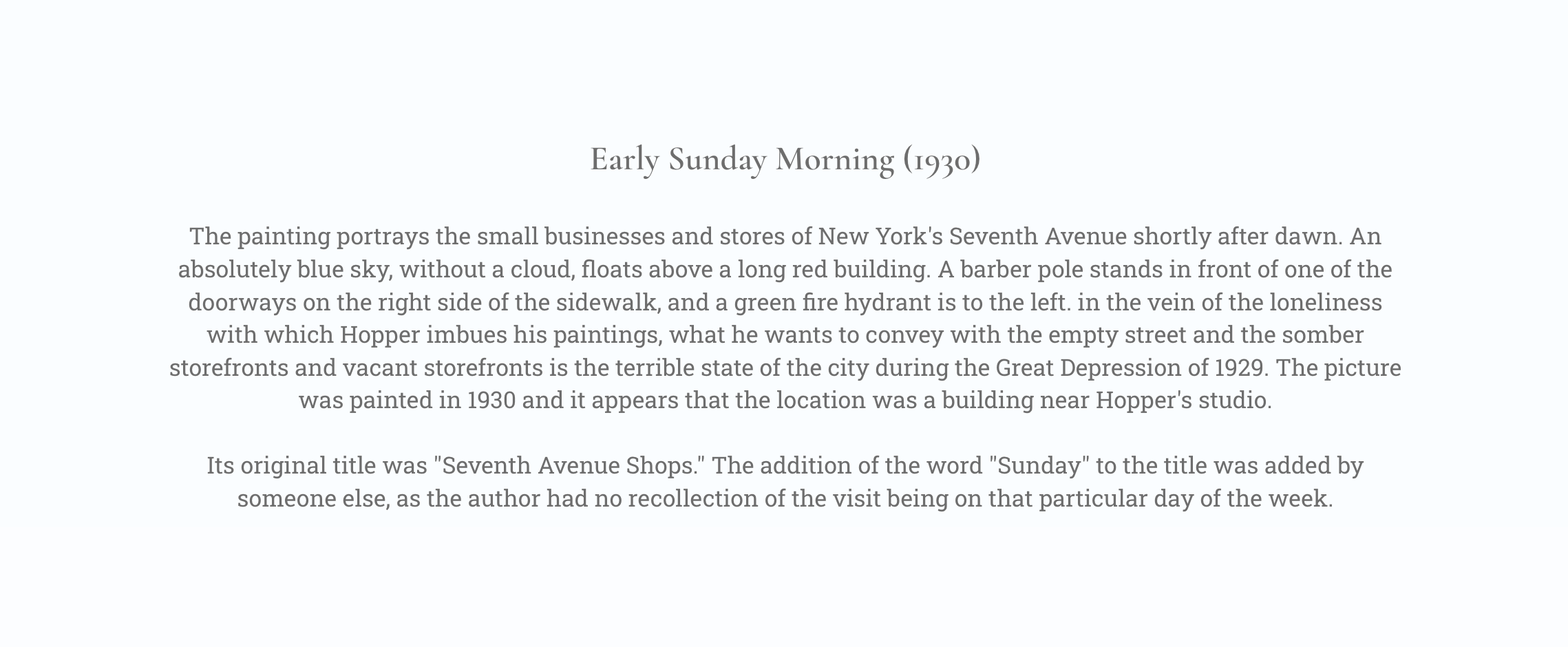
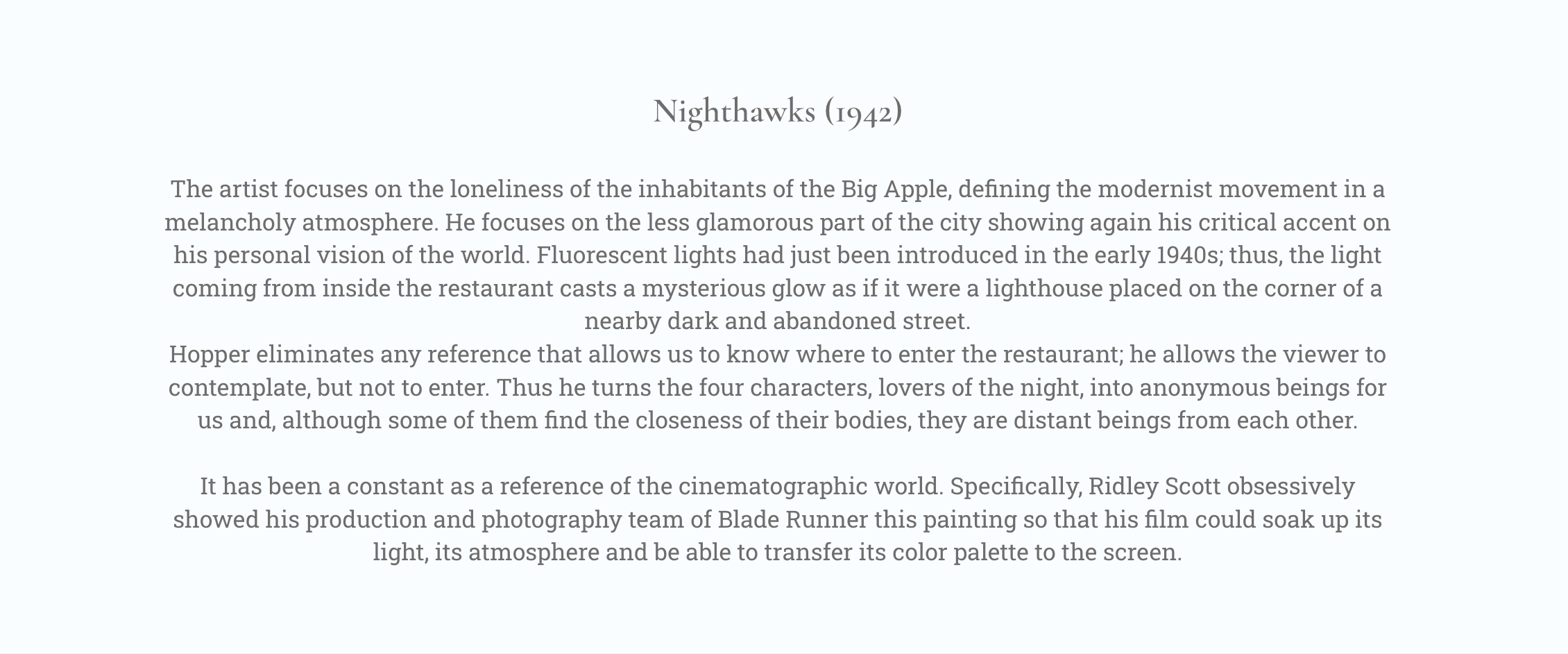
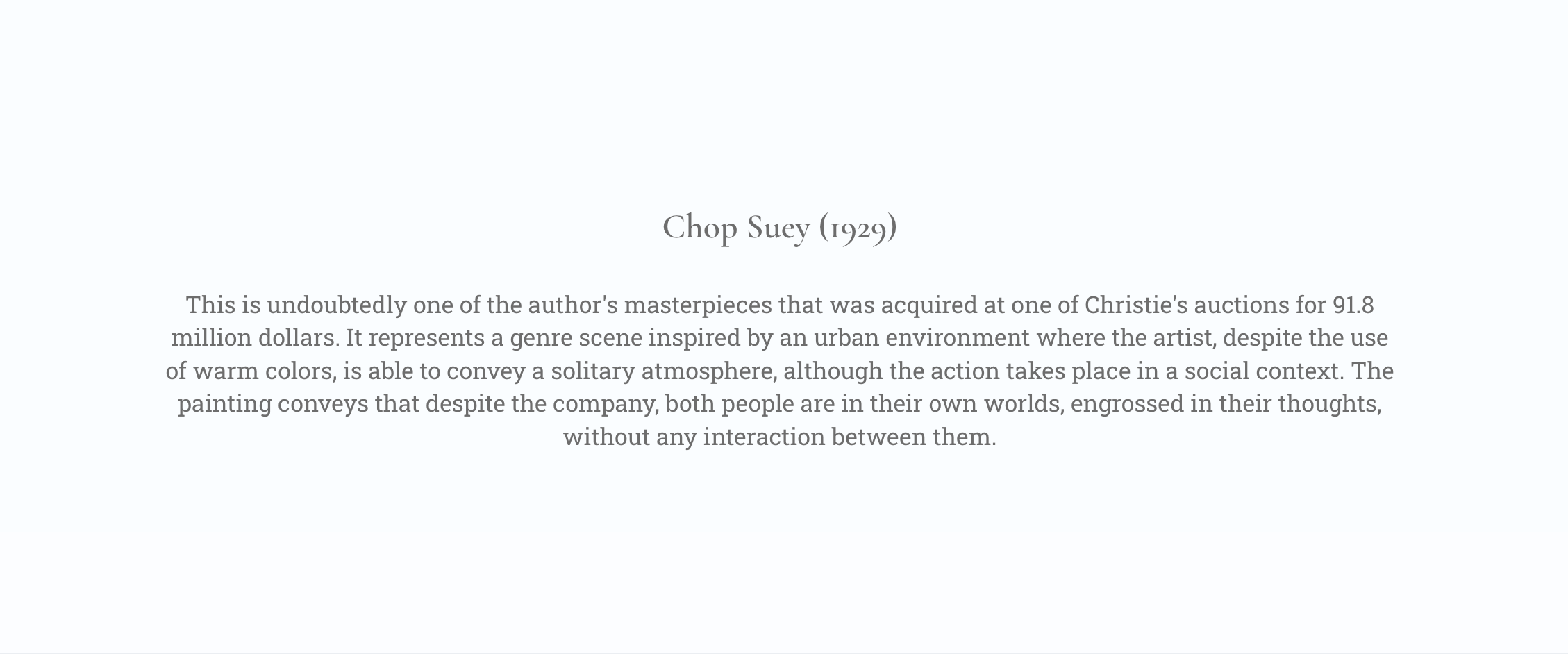
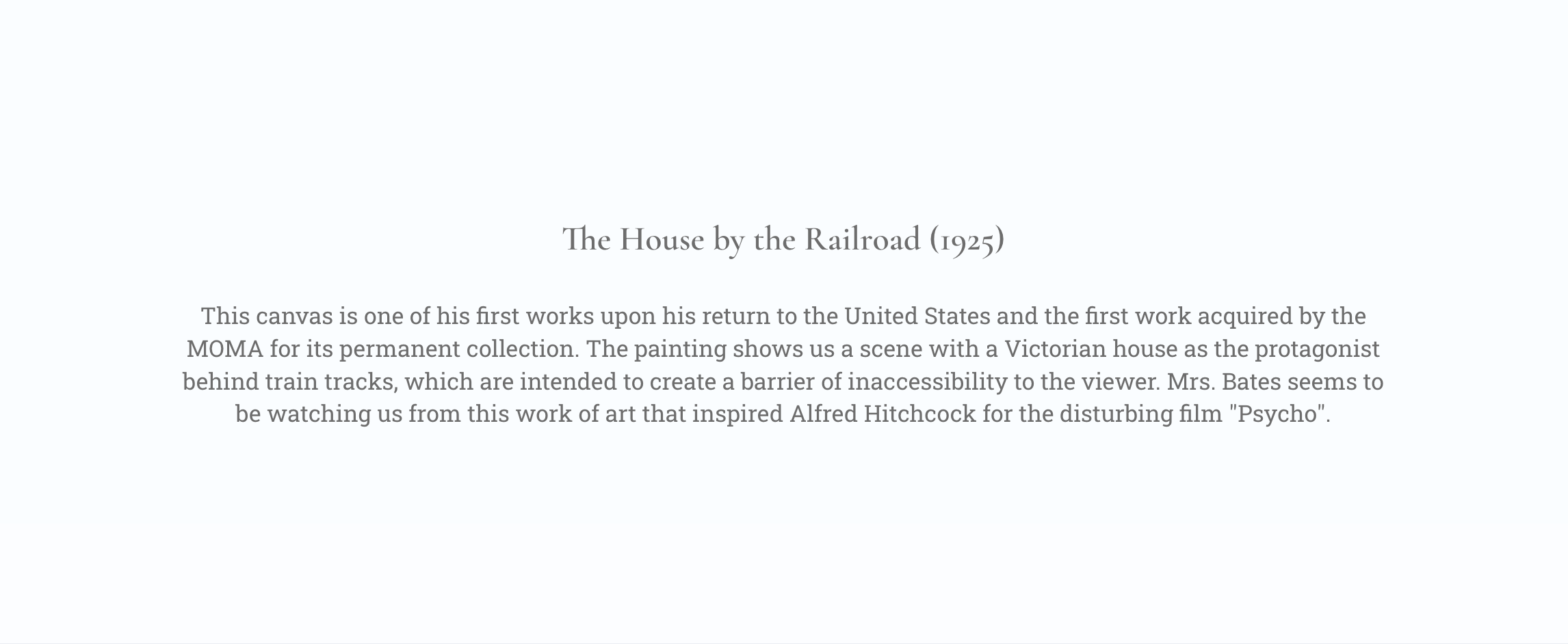
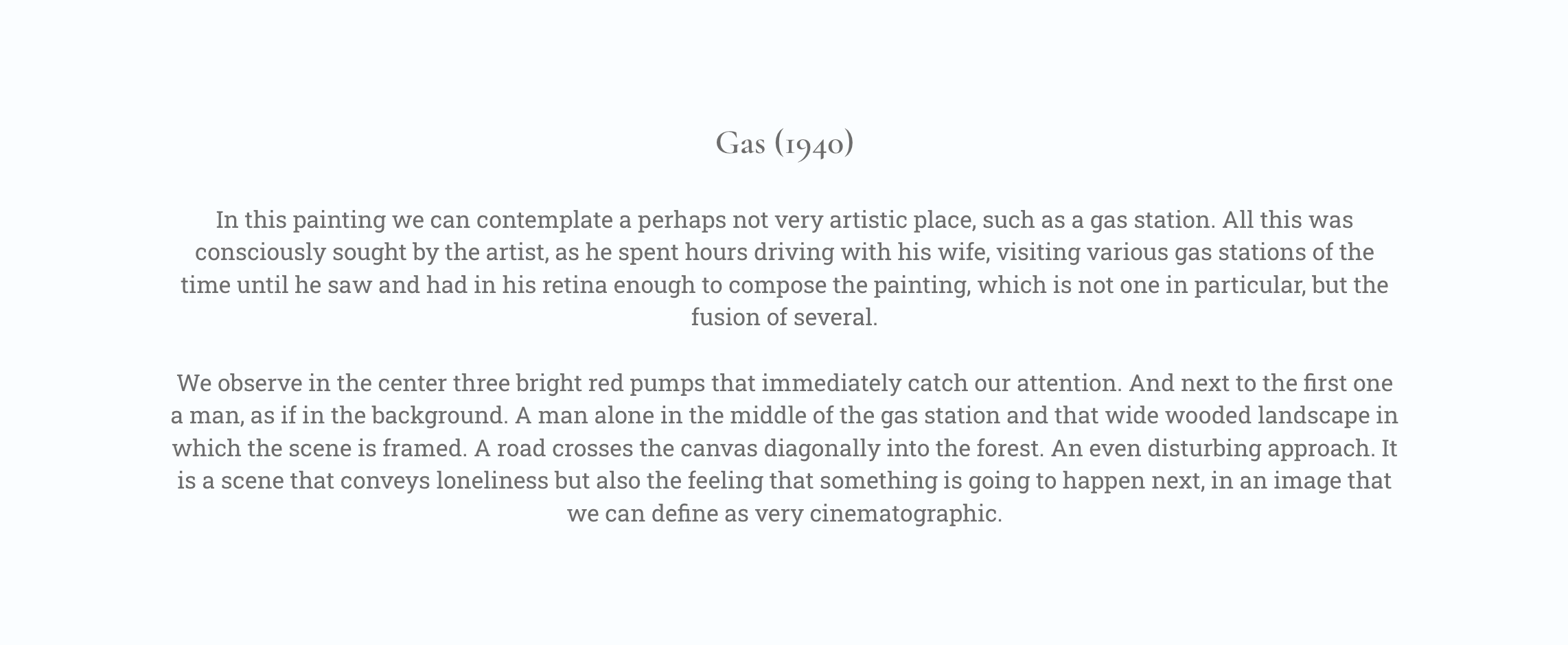
-

Haskells house 16,5 x 21,4 in (42 x 55 cm)
LIMITED ART PRINT 8
-

Cape Cod evening 16,5 x 21,4 in (42 x 55 cm)
LIMITED ART PRINT 9
-

Second Story Sunlight 16,5 x 19 in (42 x 49 cm)
LIMITED ART PRINT 10
-

Ground Swell 16,5 x 21,4 in (42 x 55 cm)
LIMITED ART PRINT 11
FACSIMILE TYPE EDITION
In this volume, a limited edition with a print run of 999 works, The Galobart invites you to discover eleven of his most emblematic works printed on collectible art prints. The collection includes Chop Suey, one of his pieces known for reaching a new record during an auction held in New York: $91.8 million was the final price, far surpassing his previous most valuable work, East Wind Over Weehawken, sold for $40.5 million in 2013, and Hopper’s iconic Nighthawks, Gas and Ground Swell, plus six other pictorial marvels.
The entire collection comes in a limited edition collector’s box, numbered inside, which also includes two small books: one with commentary and articles by artists, collectors and connoisseurs of Hopper’s work and the other by a novelist who imagines conversations and thoughts of the protagonists of Hopper’s paintings.
What's Included - Fascimile Type Edition
NUMBERED SLIPCASE
The 11 art prints is delivered inside a slipcase made of a blue cloth case with silver stamping and 240 grams wibalin, in 17 x 24 inches.
The size of the case is 17 x 24 in.
CERTIFICATE OF LIMITED EDITION ART PRINTS
11 art prints in different formats printed on Favini plus 350 grams art paper.
CERTIFICATE OF ORIGINALITY
A certificate of authenticity (COA) is a document that verifies the authenticity of the artwork. In this case, the publisher issues a numbered certificate for each box containing eleven sheets printed on 350-gram art paper.
Our COAs include the artist’s name and details (title, date, support, dimensions) of the artwork.
Each art print also includes the corresponding numbering from 1 to 999 on the back of the sheet.
SEPARATE STUDY BOOK
Includes a booklet with a summary of Edward Hopper’s life and a synopsis of the eleven works included in this fabulous collection.
In contrast, an article on the grisaille (grisaille) technique, “no color”, used by artists since the Middle Ages and during the Modern Age, makes use of gray tones and incorporates a sense of monumentality and a unique sculptural dimension to painting.
The cover of the brochure is printed in Pantone Gold Egg. In English and Spanish.

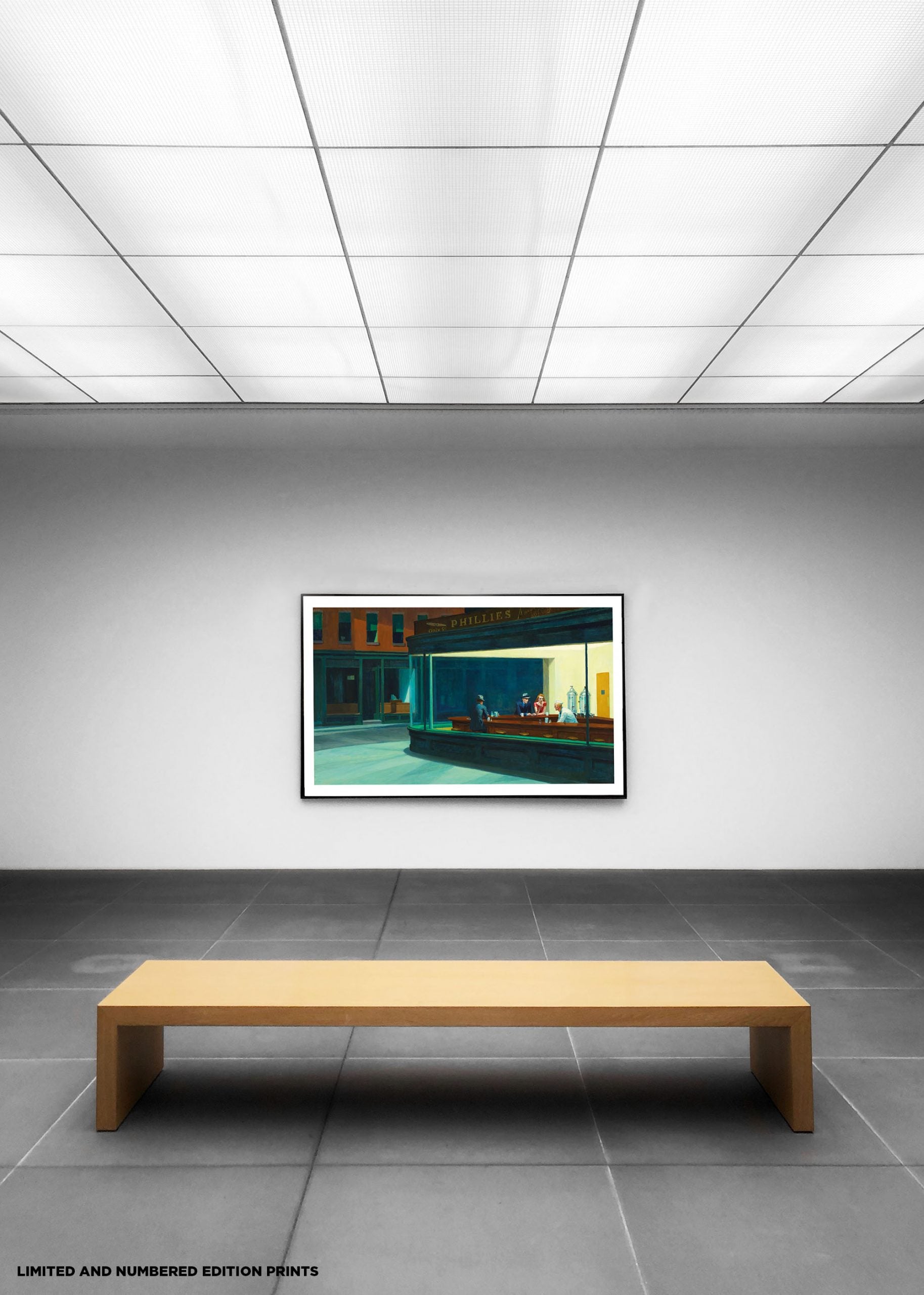
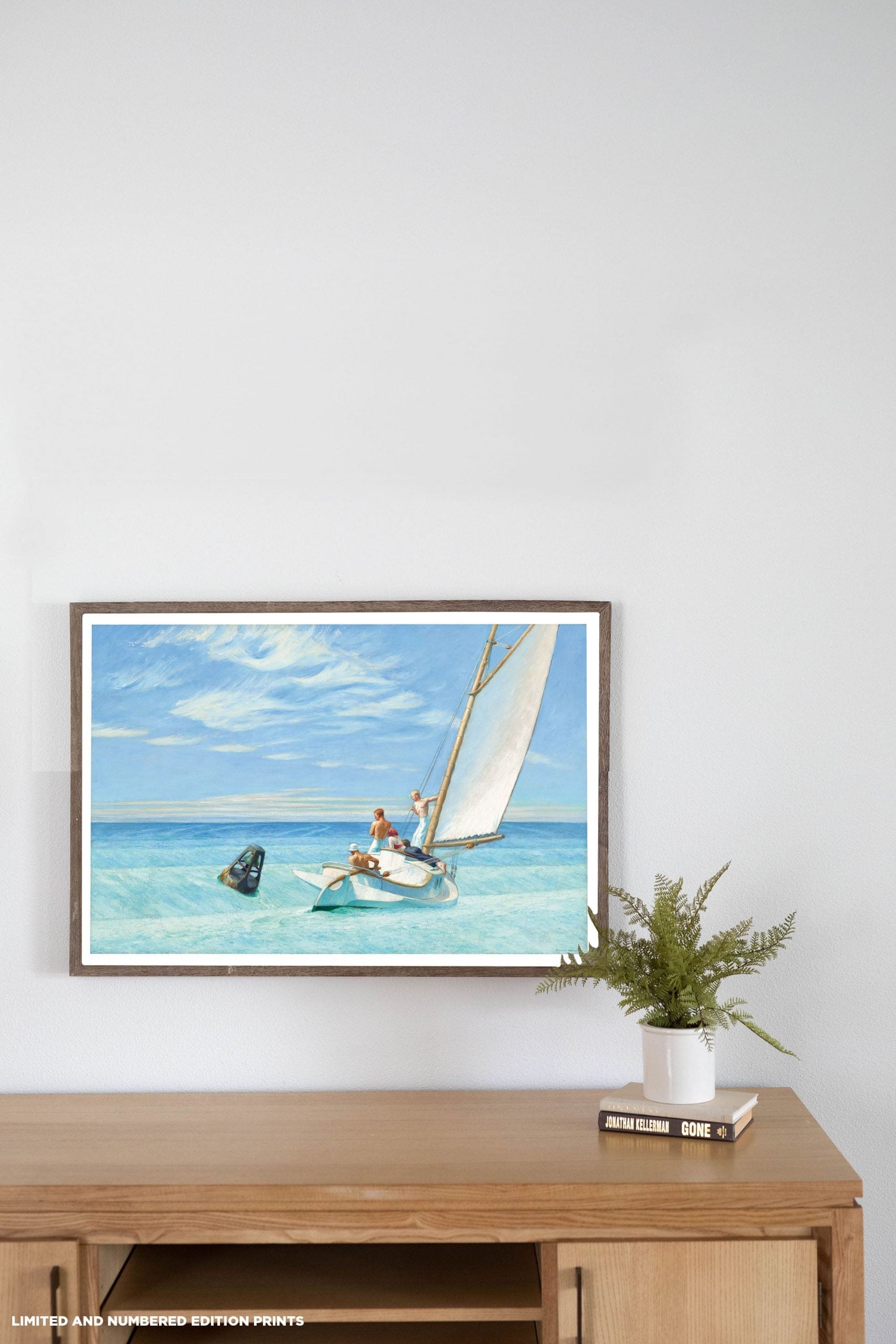
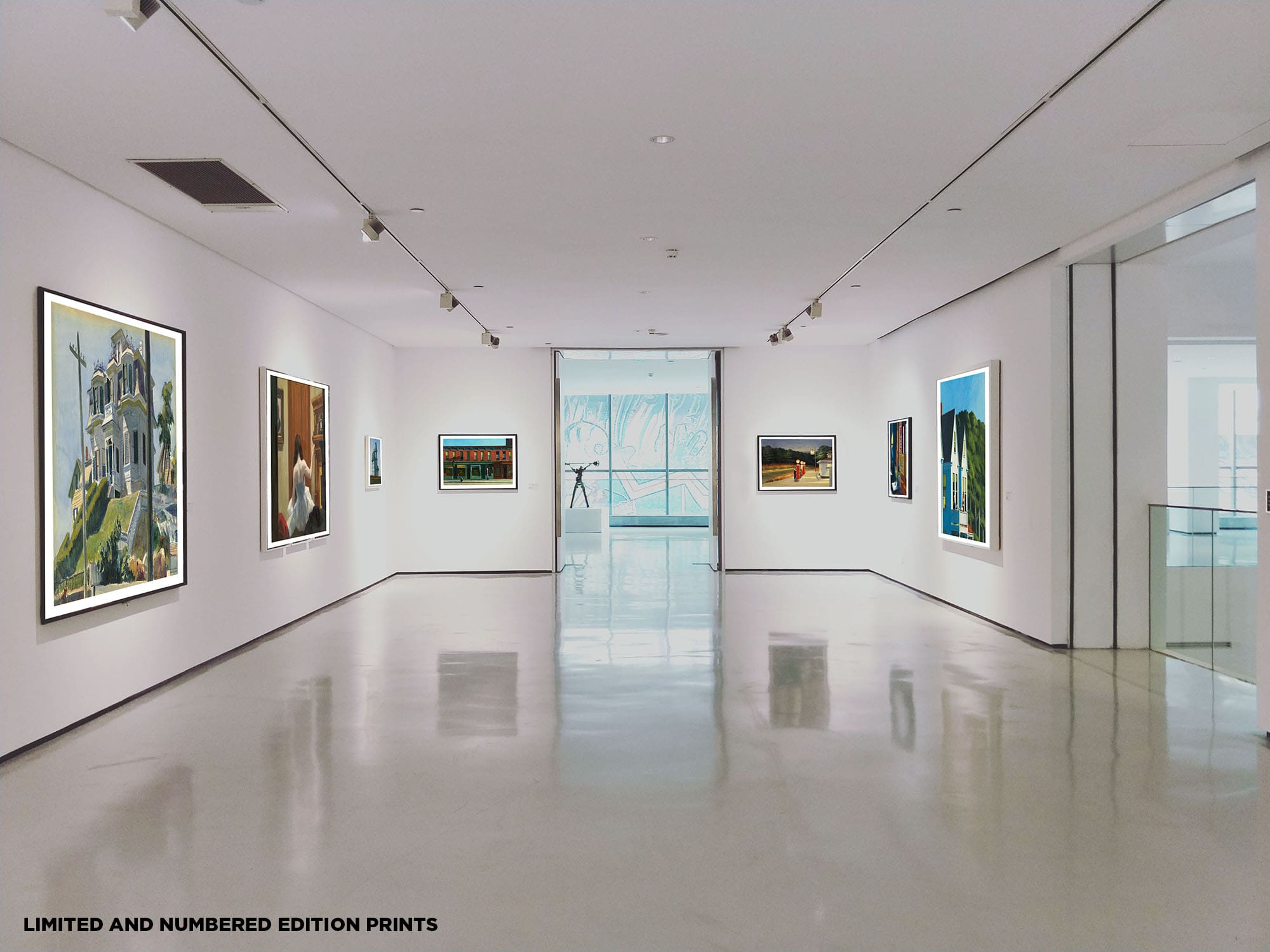

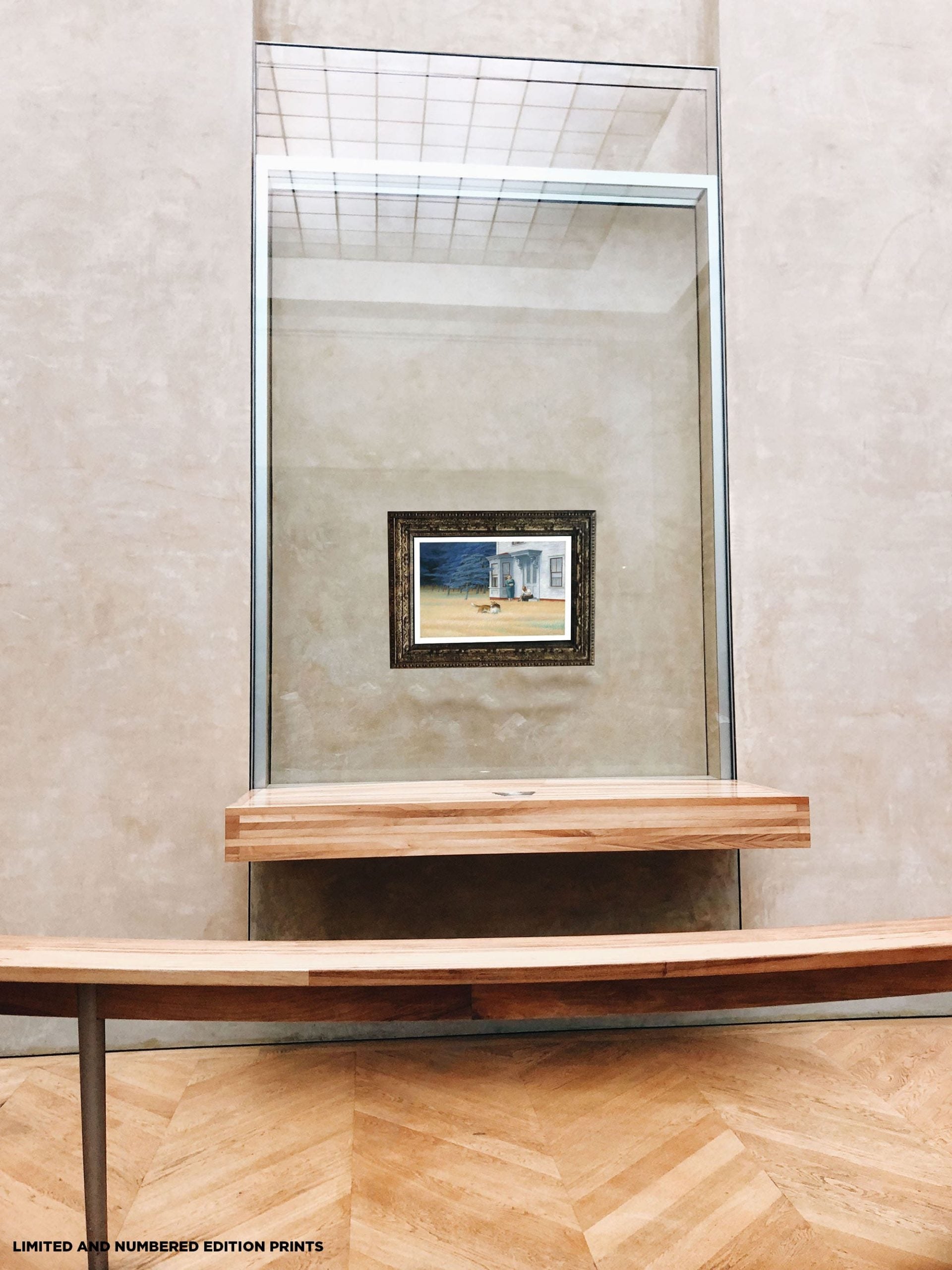
CONTACT US FOR ANY QUESTIONS YOU MAY HAVE
Others also love...
-
300 YEARS BEFORE COLOR, Gold Butterfly Edition.
Regular price $170.00Regular priceUnit price / per -
300 YEARS BEFORE COLOR, Velvet Royal Blue Edition.
Regular price $280.00Regular priceUnit price / per -
300 YEARS BEFORE COLOR Rothko Tribute Edition
Regular price $280.00Regular priceUnit price / per -
300 YEARS BEFORE COLOR Black & Gold Edition
Regular price $350.00Regular priceUnit price / per -
300 YEARS BEFORE COLOR Brown & Ivory edition
Regular price $350.00Regular priceUnit price / per -
Codex Madrid I and II (Leather Edition)
Regular price $480.00Regular priceUnit price / per -
Codex Gigas XXL
Regular price $1,200.00Regular priceUnit price / per -
Codex Trivulzianus
Regular price $250.00Regular priceUnit price / per
